In this tour, get to know:
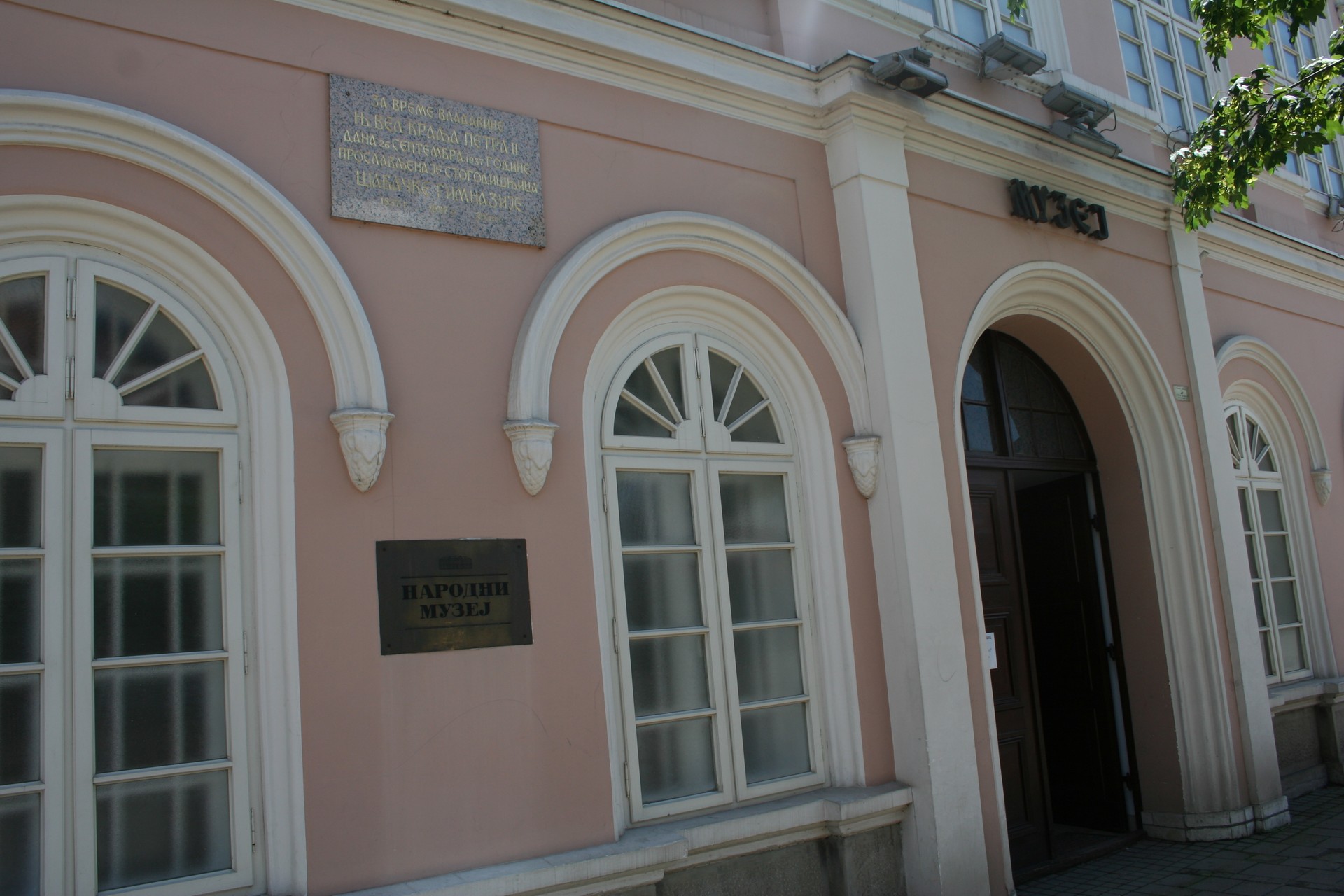 © Ванилица BY-SA 4.0
© Ванилица BY-SA 4.0
Welcome to the National museum of Šabac
The museum is located in the building of the former Grammar school, which was constructed in 1857 The museum building was proclaimed a cultural monument of great importance in 1979 In 1906, a more systematic approach was initiated by the Grammar school professors towards the collecting of valuable objects After...
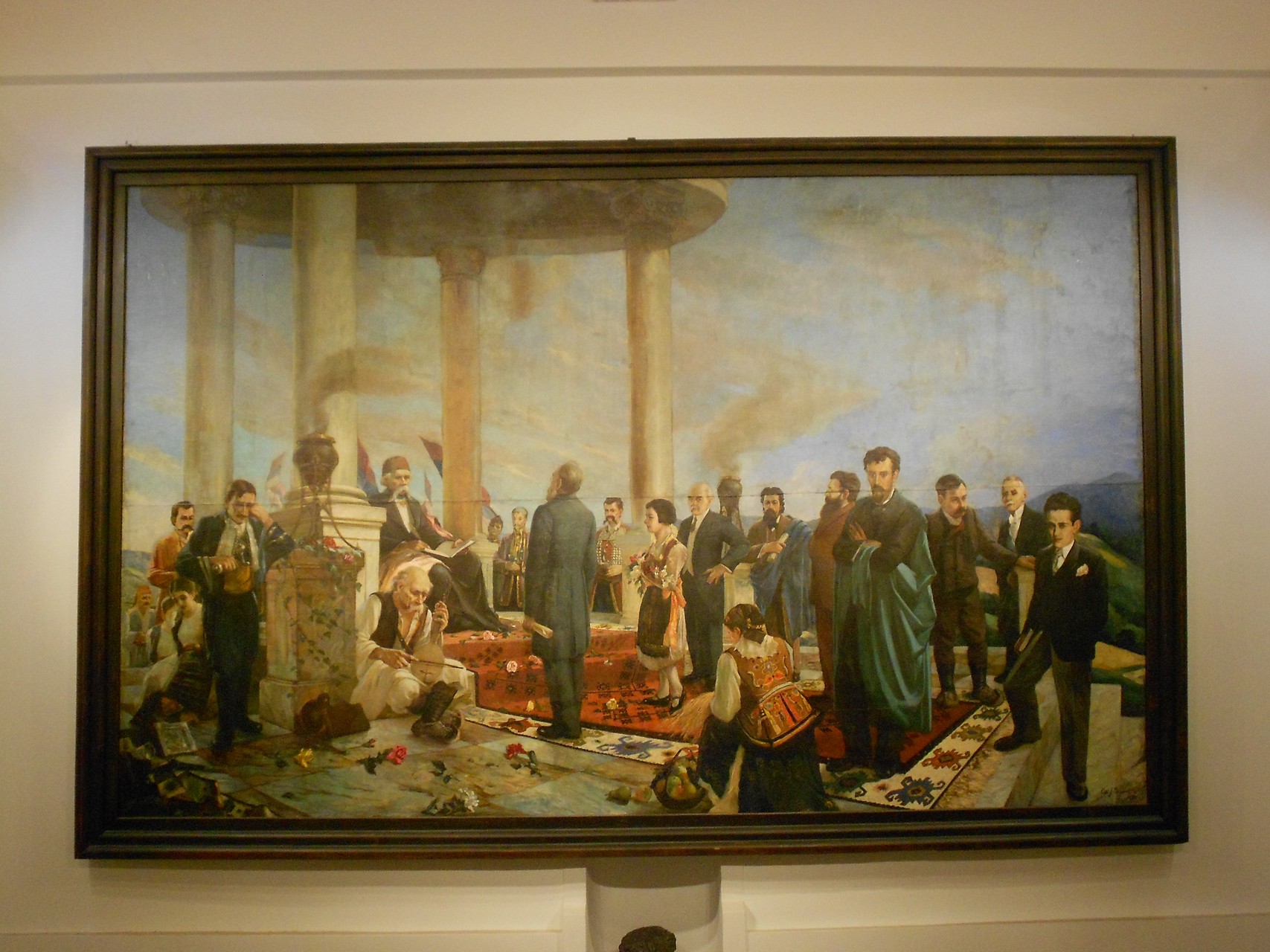 © Goran Gajić OROUNDO
© Goran Gajić OROUNDO
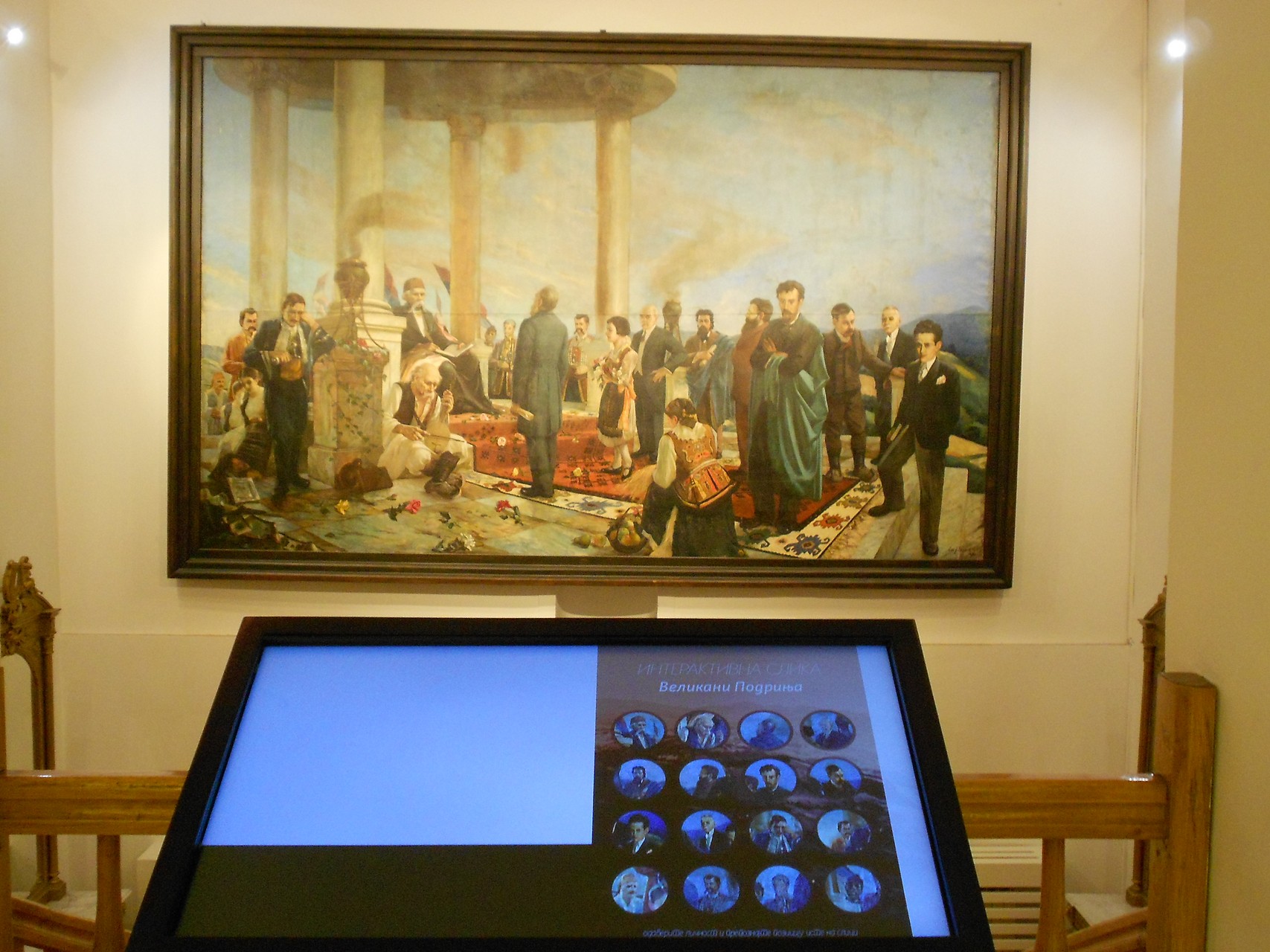 © Goran Gajić OROUNDO
© Goran Gajić OROUNDO
The Podrinje’s Greats
The most important work of the painter Stevan Čalić is the painting “The Podrinje’s Greats” from 1937 Čalić was born in Kupinovo in 1892 After graduating from the Zemun Gymnasium, he attended the Academy of Fine Arts in Prague. After completing his education in 1925, he was appointed art professor...
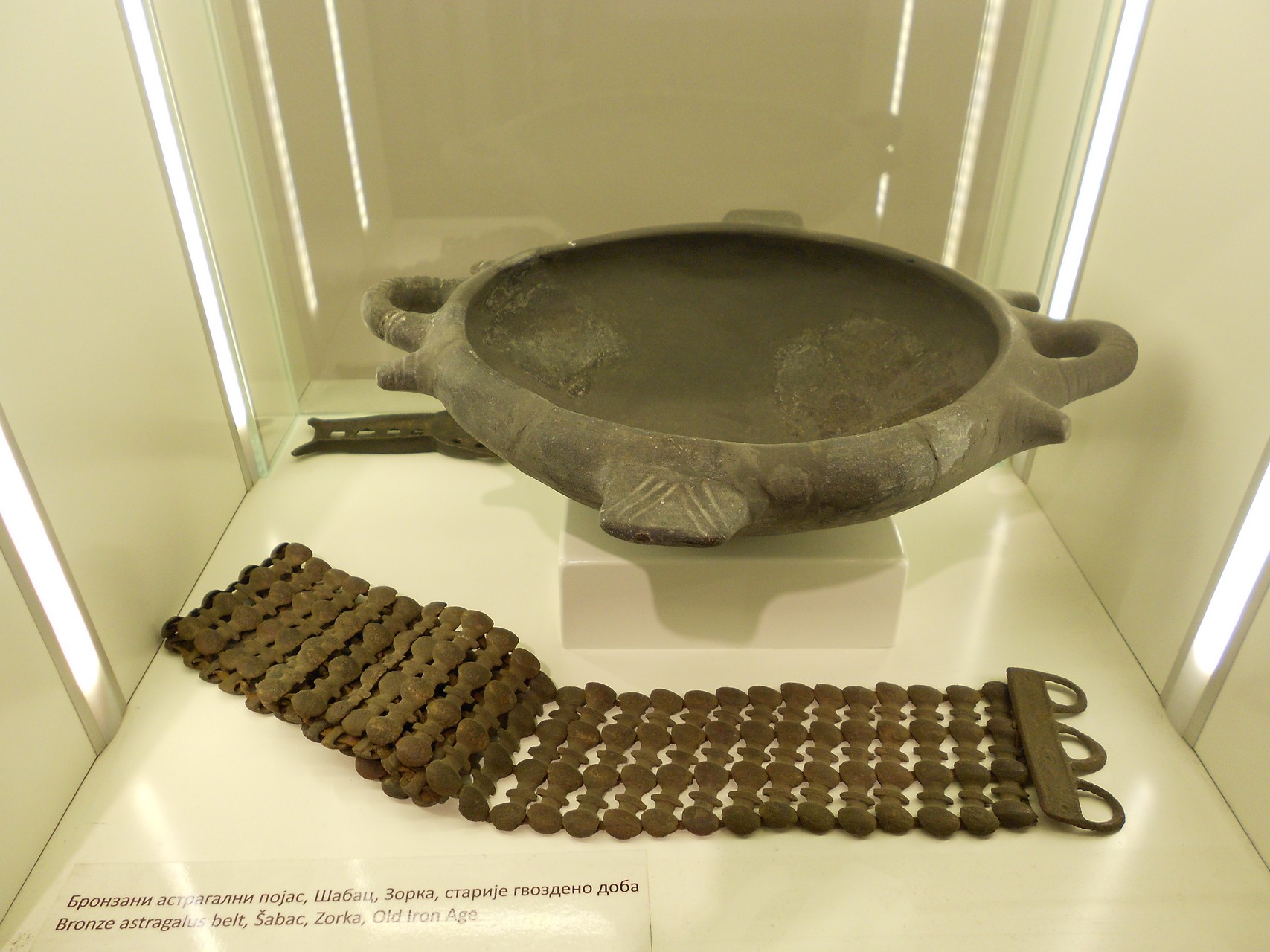 © Goran Gajić OROUNDO
© Goran Gajić OROUNDO
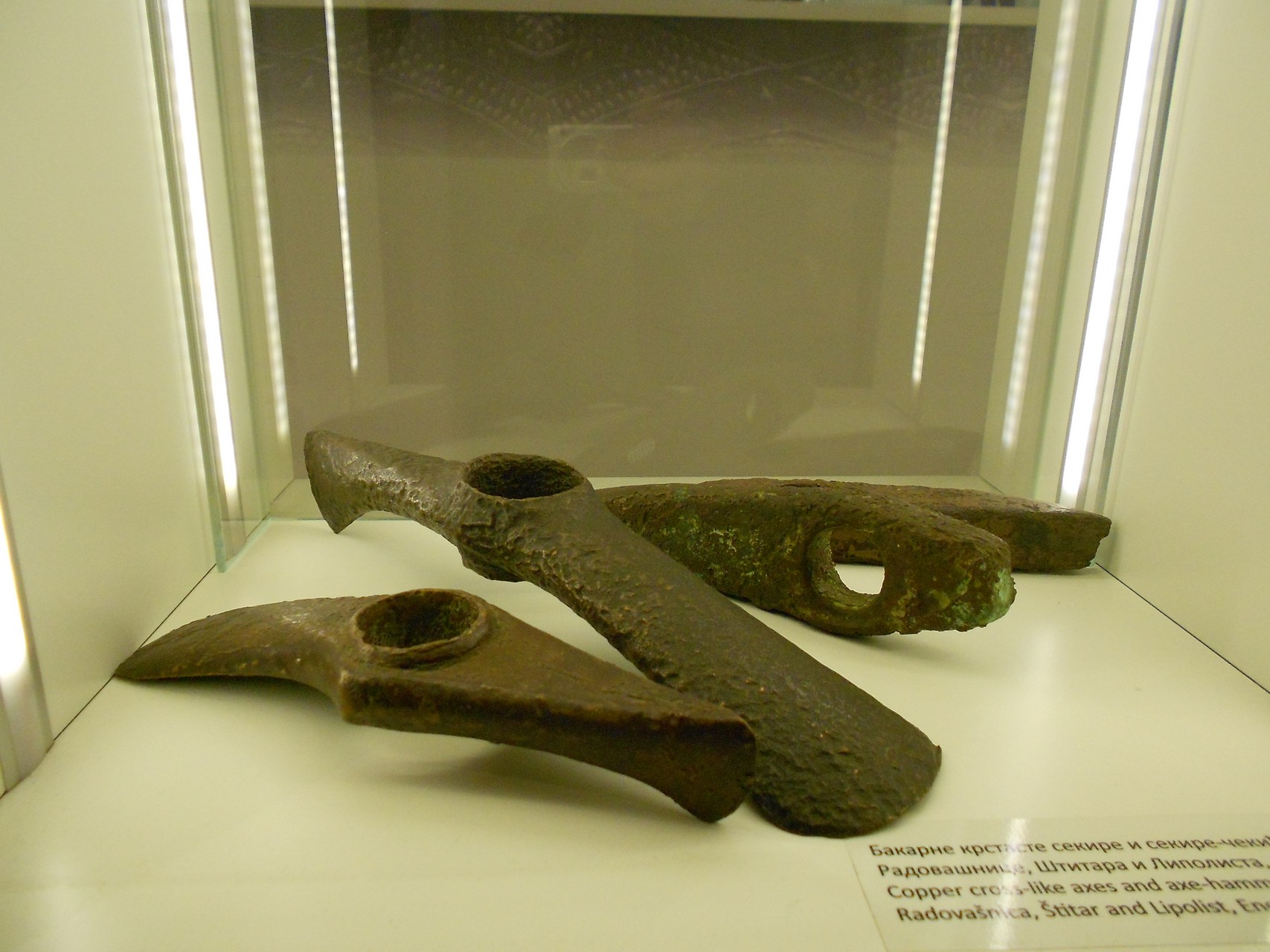 © Goran Gajić OROUNDO
© Goran Gajić OROUNDO
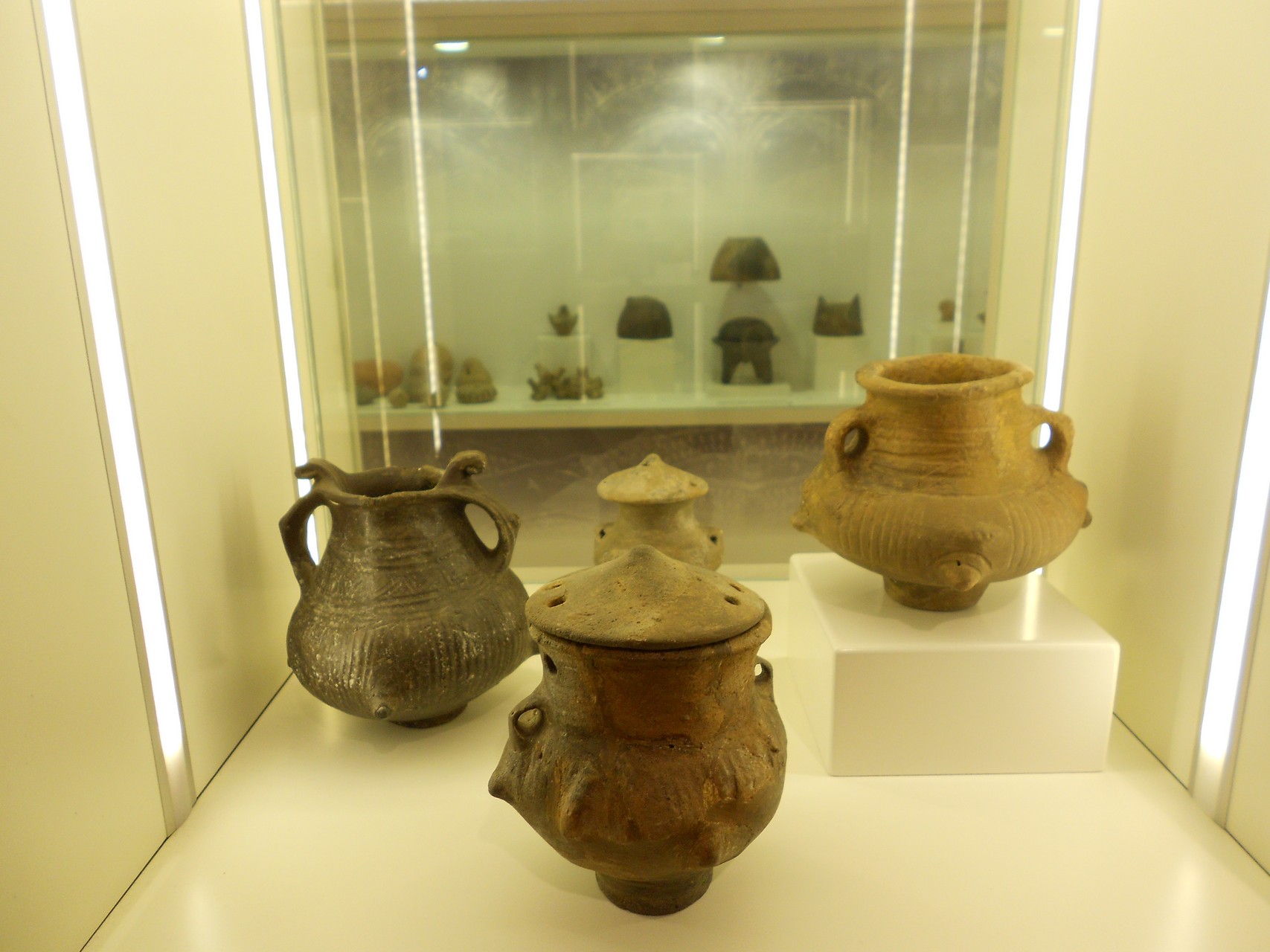 © Goran Gajić OROUNDO
© Goran Gajić OROUNDO
A Travel through Time – The Prehistory
The territory of Šabac and its surrounding area was first inhabited around 6500 BC, that is during the Neolithic period The most significant archeological remains from this period were found on a site in Benska bara The Chalcolithic period or the Copper Age began around 4500 BC The most important...
 © Goran Gajić OROUNDO
© Goran Gajić OROUNDO
Prehistory – Prosopomorphic Lids
These lids are a unique type of ceramic product, characteristic of the famous Vinča culture which existed in this area during the Neolithic period Parts of more than 30 different prosopomorphic lids were found at the locality of Benska bara The lids had a practical purpose, i.e. they fitted on...
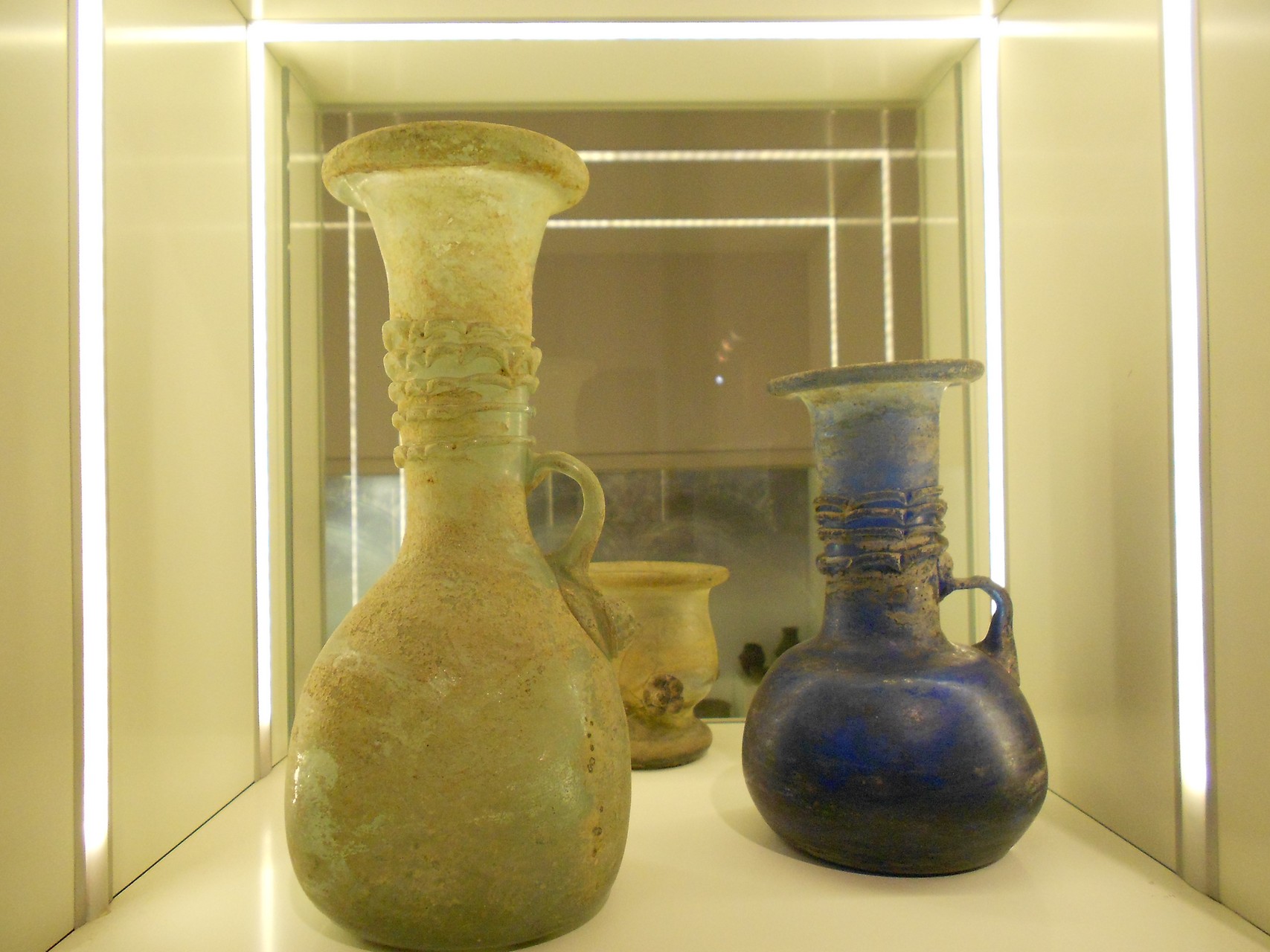 © Goran Gajić OROUNDO
© Goran Gajić OROUNDO
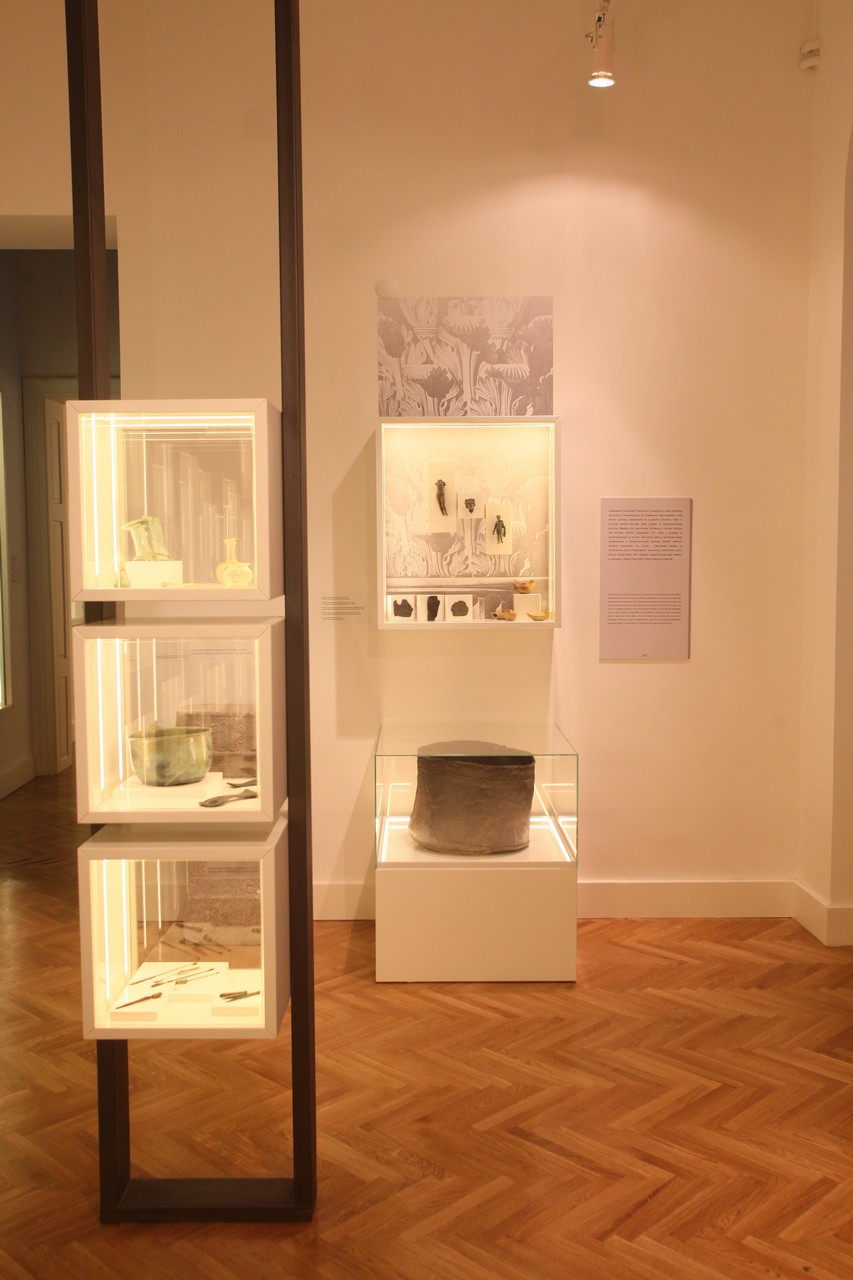
A Travel through Time – The Age of Antiquity
When the Romans first arrived on the banks of the Sava River in the 1st century BC, they built a city called Sirmium, which is the modern-day Sremska Mitrovica They divided the conquered territory of Illyricum into two provinces – Dalmatia and Pannonia, and the Šabac region was a part...
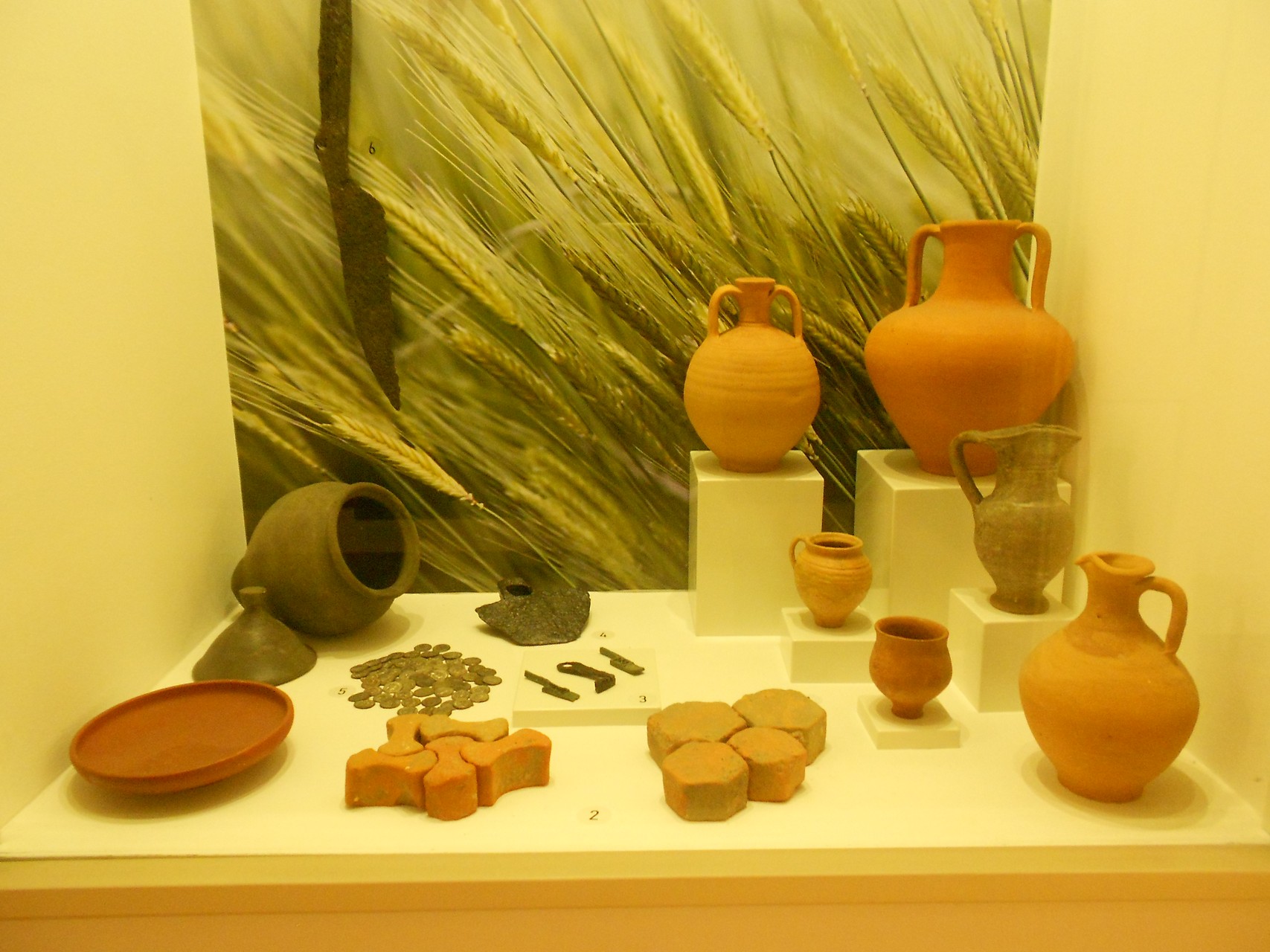 © Goran Gajić OROUNDO
© Goran Gajić OROUNDO
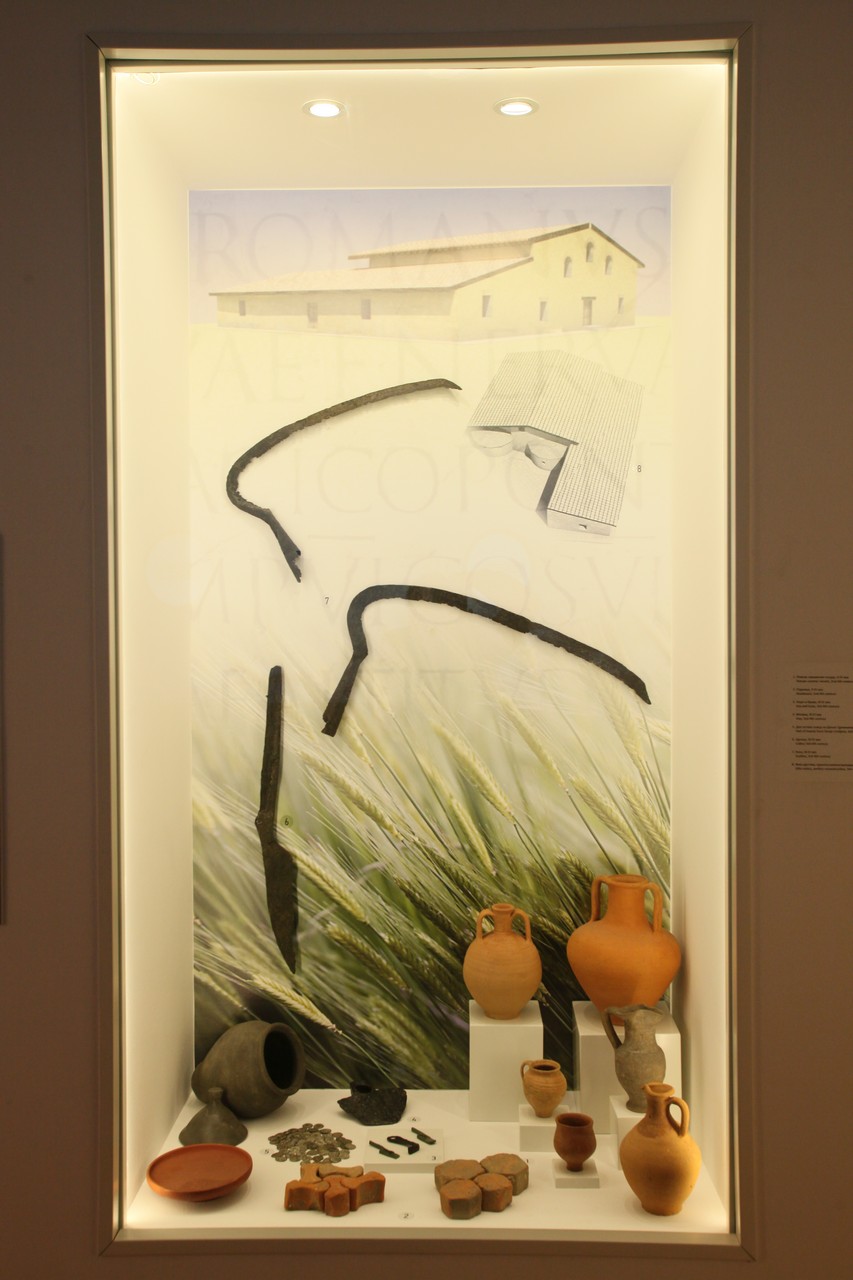
The Romans – Villa rustica
During the Roman times, agricultural production was particularly developed in this region, evidence of which are the large number of agricultural tools discovered in the areas of Mačva and Pocerina Villa rustica was a large agricultural estate located outside of an urban settlement These estates were present in this area...
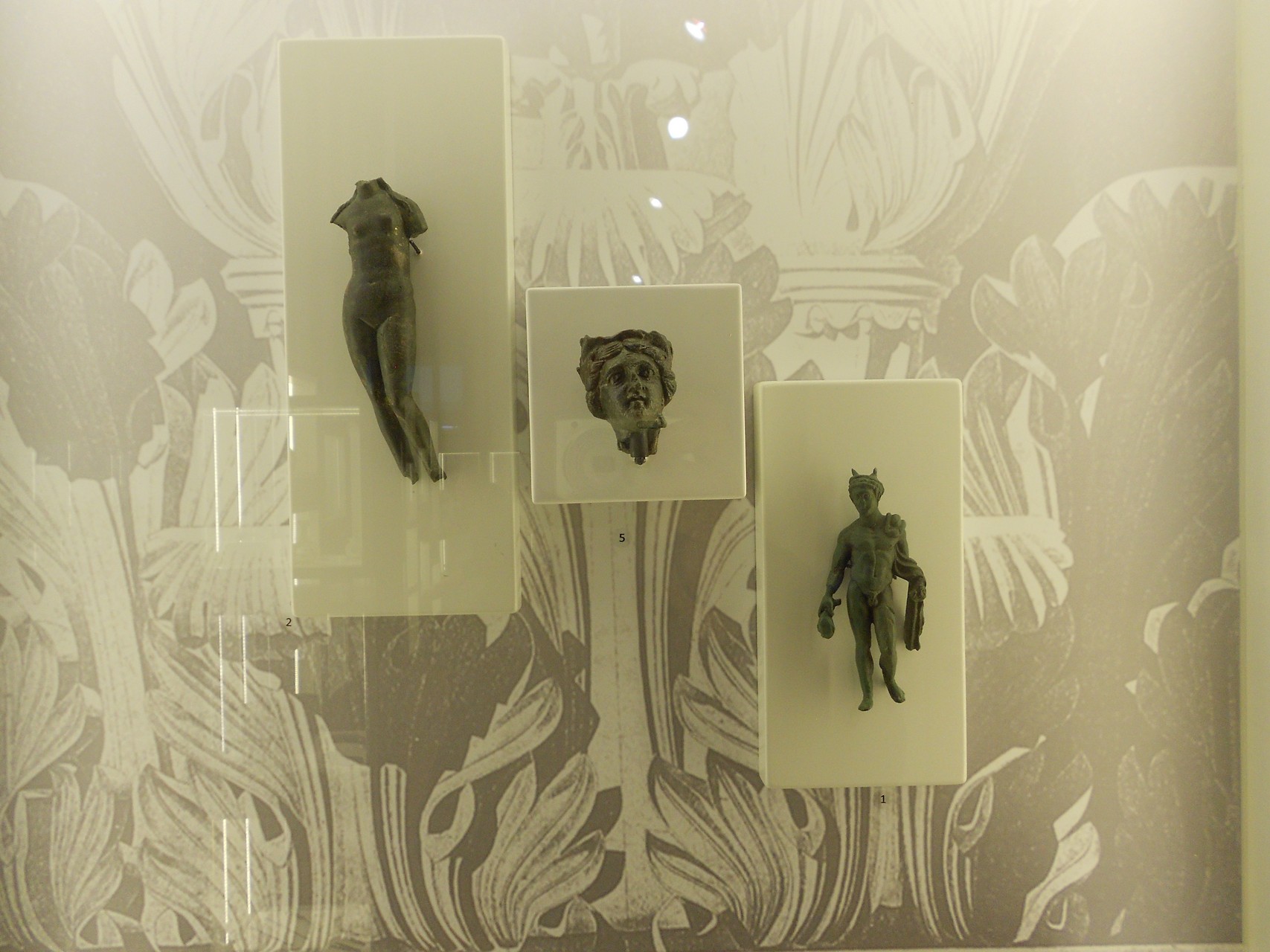 © Goran Gajić OROUNDO
© Goran Gajić OROUNDO
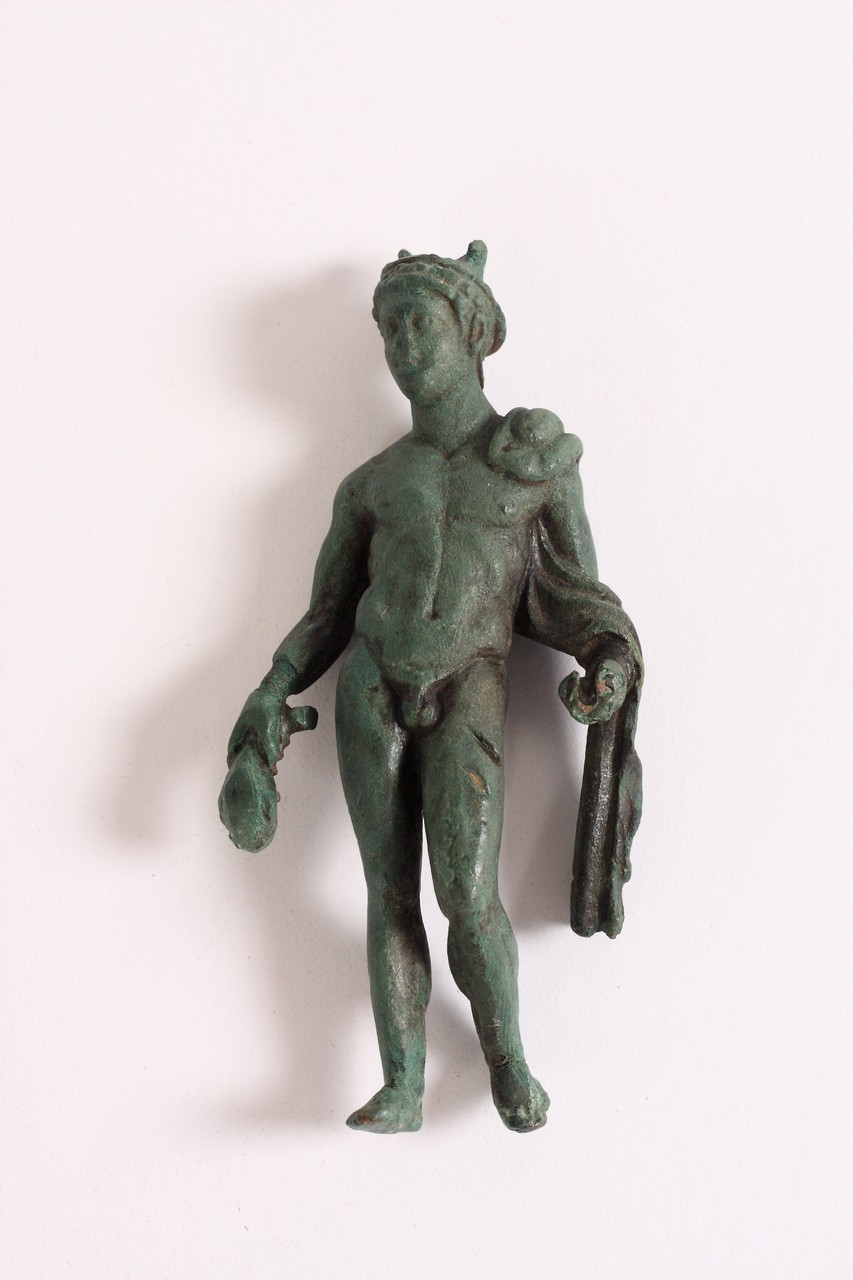
The Romans – Religious figurines
Initially, Roman religion was not anthropomorphic but it became so under the influence of the Greeks and the Etruscans The bronze statue of the Roman god Mercury, who was the protector of merchants and roads, is held in the collection of the museum The figurine of the goddess Venus was...
 © Goran Gajić OROUNDO
© Goran Gajić OROUNDO
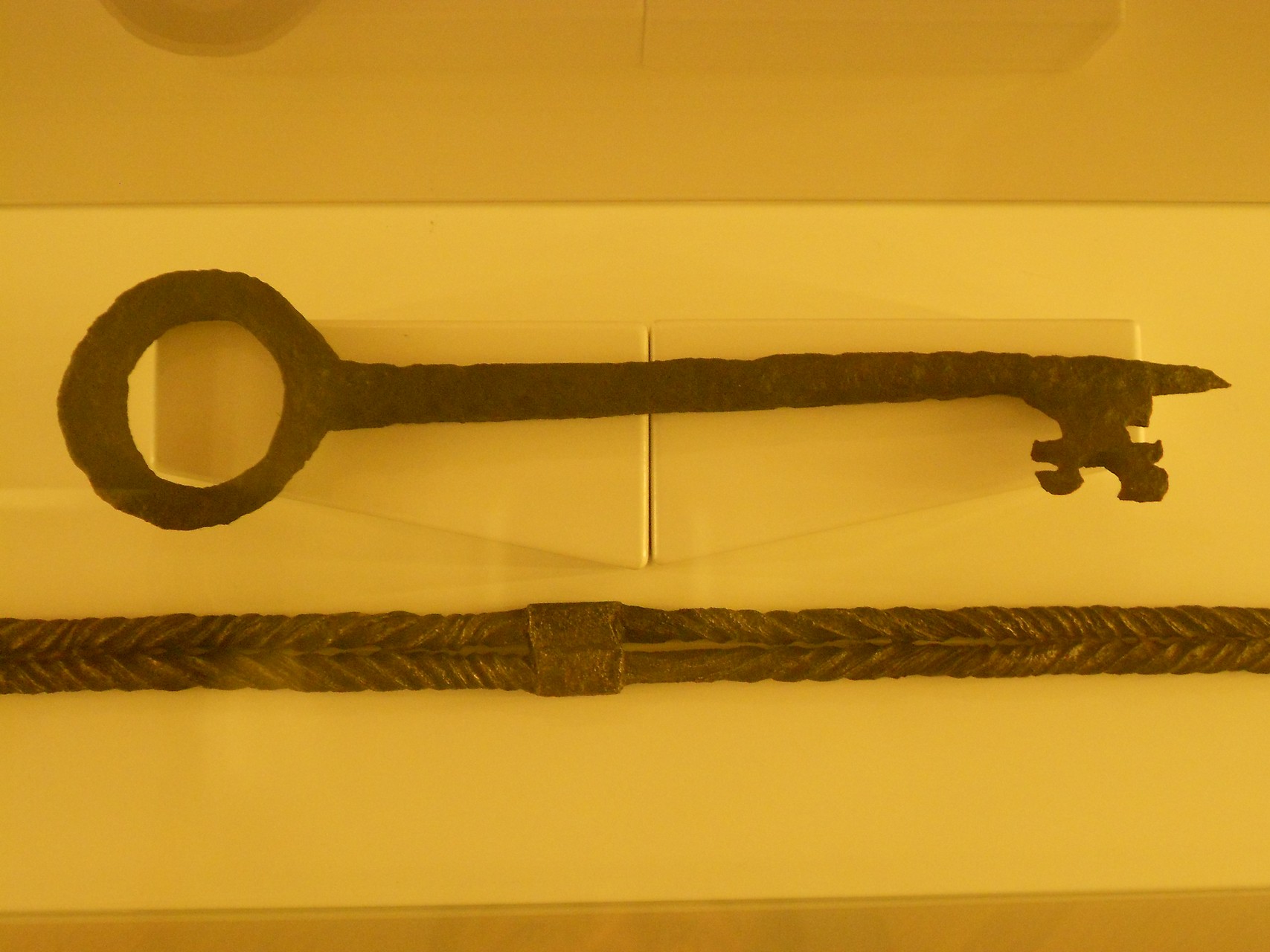 © Goran Gajić OROUNDO
© Goran Gajić OROUNDO
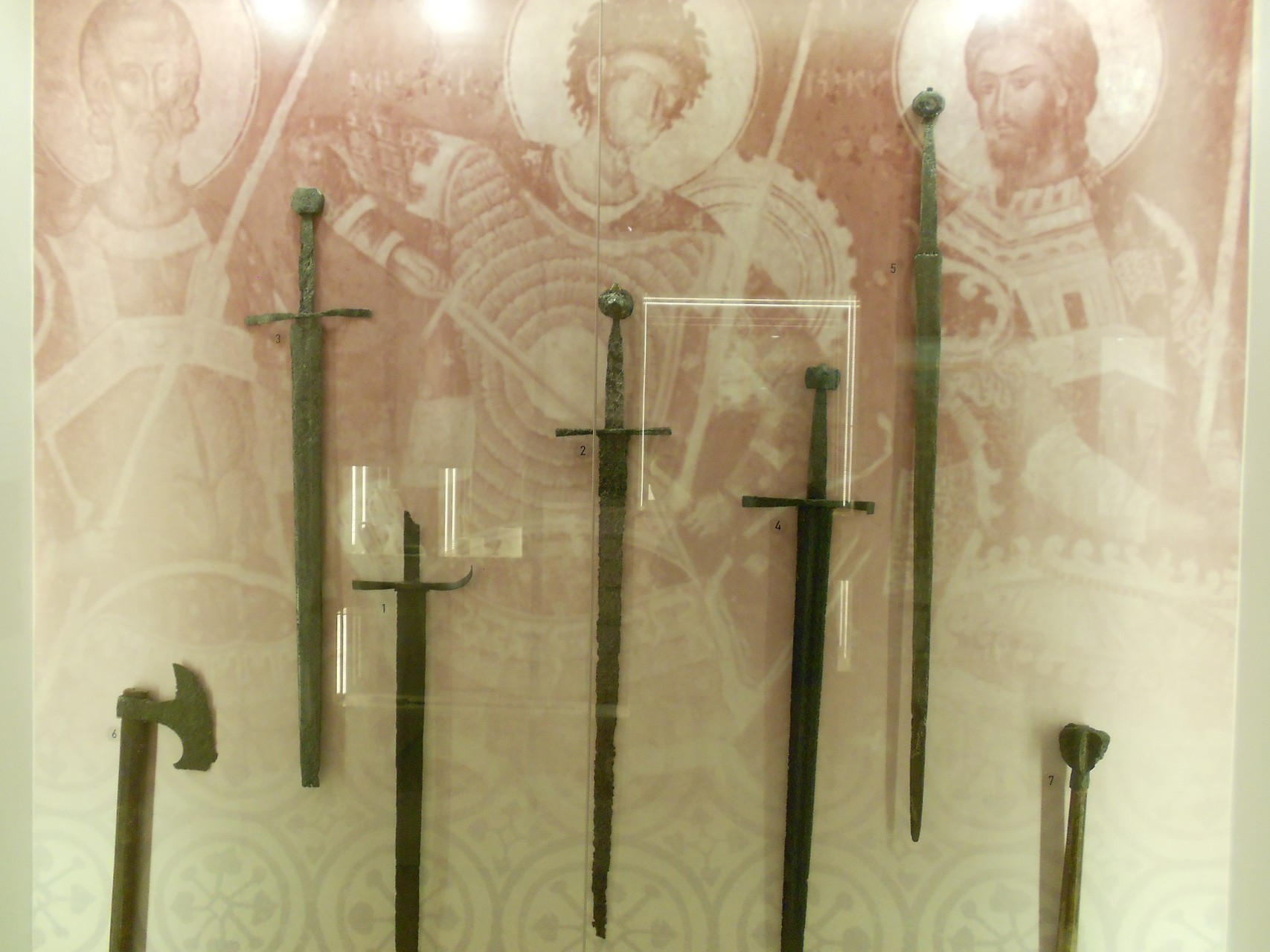 © Goran Gajić OROUNDO
© Goran Gajić OROUNDO
Fortress – a symbol of Šabac
The first urban settlements in the Šabac area formed in the 10th century During the period of Hungarian rule, Šabac was known as Mačo (Macho) and was the center of the Banate of Mačva This territory fell under Serbian rule in the 13th century, during the reign of Serbian King...
 © Goran Gajić OROUNDO
© Goran Gajić OROUNDO

Šabac during Serbian Uprisings
During the First and the Second Serbian uprisings this region played a great strategic, economic and political role During the Uprisings, some decisive battles took place right here – the Battle of Crnobarski Salaš and the Battle of Mišar in 1806 (the First Serbian Uprising) and the Battle of Dublje...
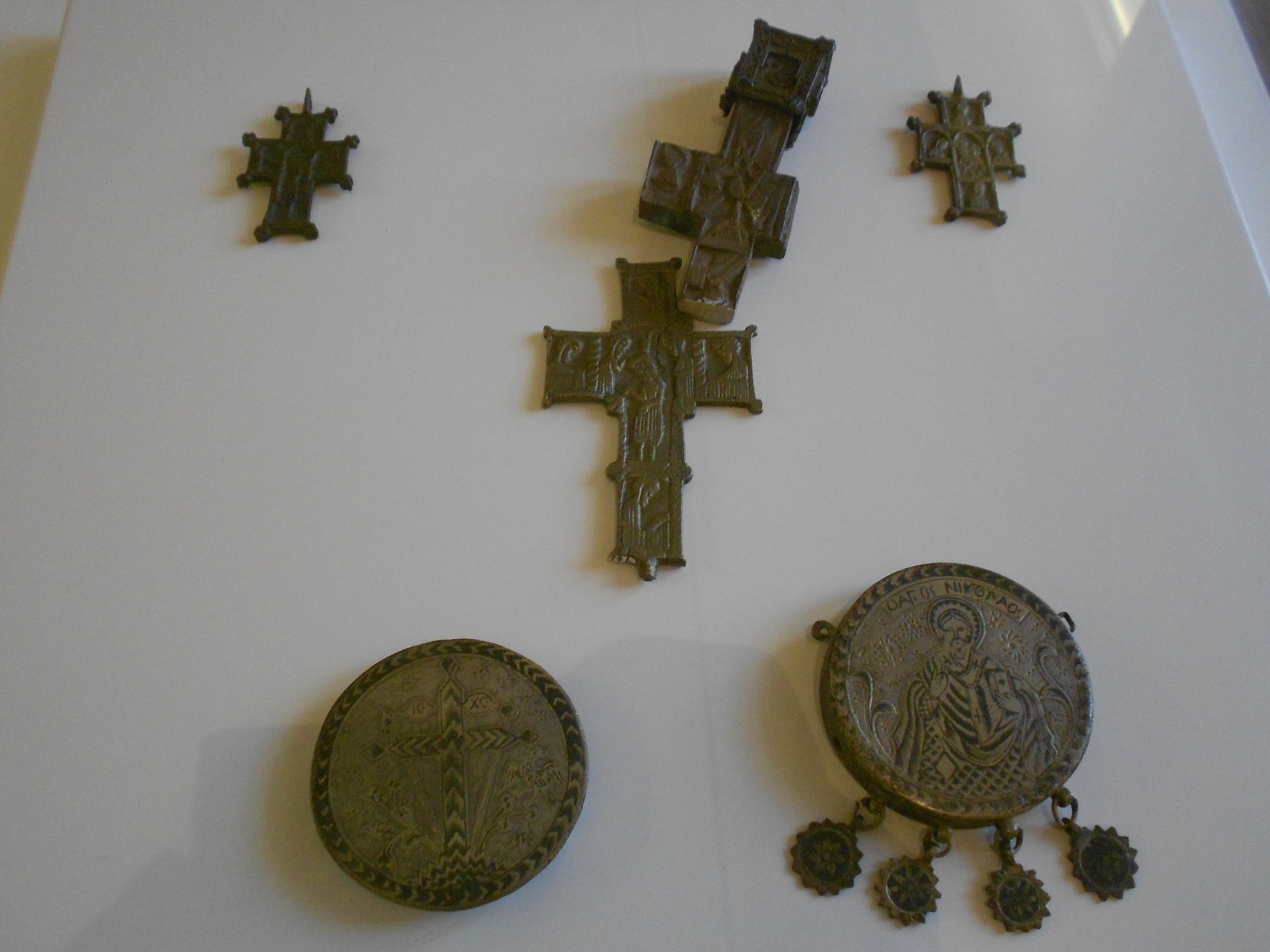 © Goran Gajić OROUNDO
© Goran Gajić OROUNDO
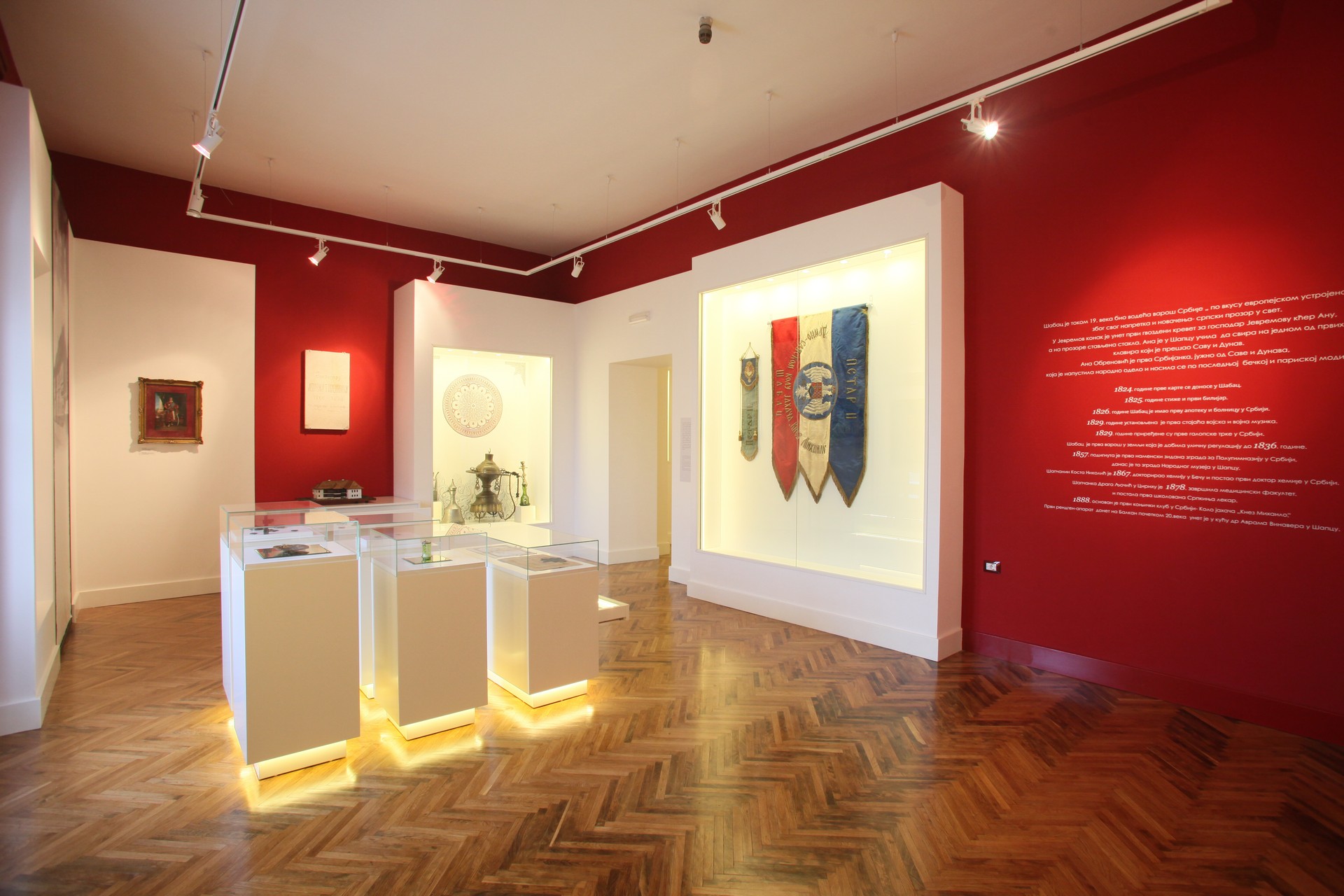
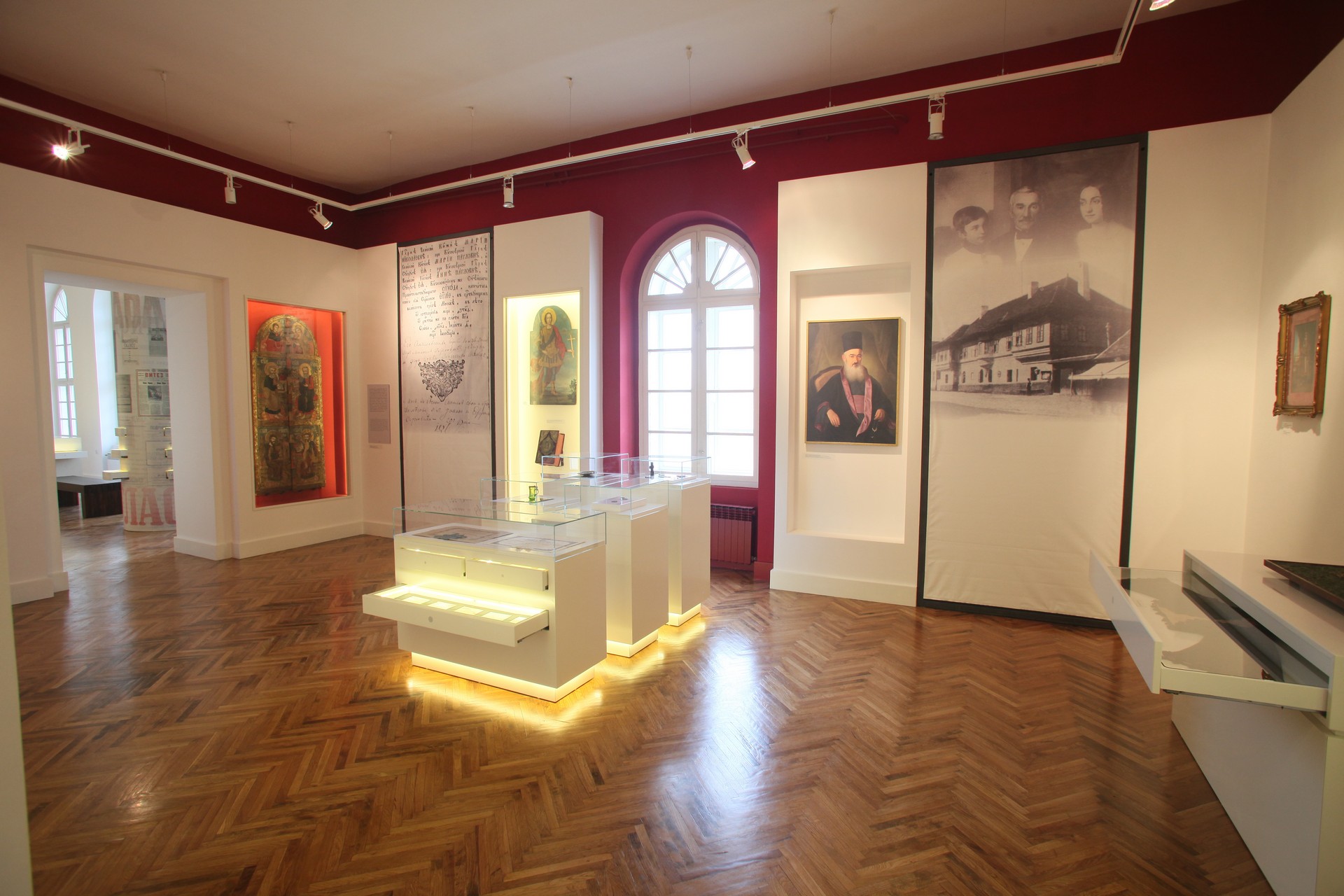
Šabac and Jevrem Obrenović
After the Second Serbian Uprising in 1816, Jevrem Obrenović, brother of the Serbian Prince Miloš, became the governor of the Šabac nahija/district He stayed in the city until 1831 The years that Jevrem Obrenović spent in Šabac are considered the the most prosperous of its past The 19th century is...
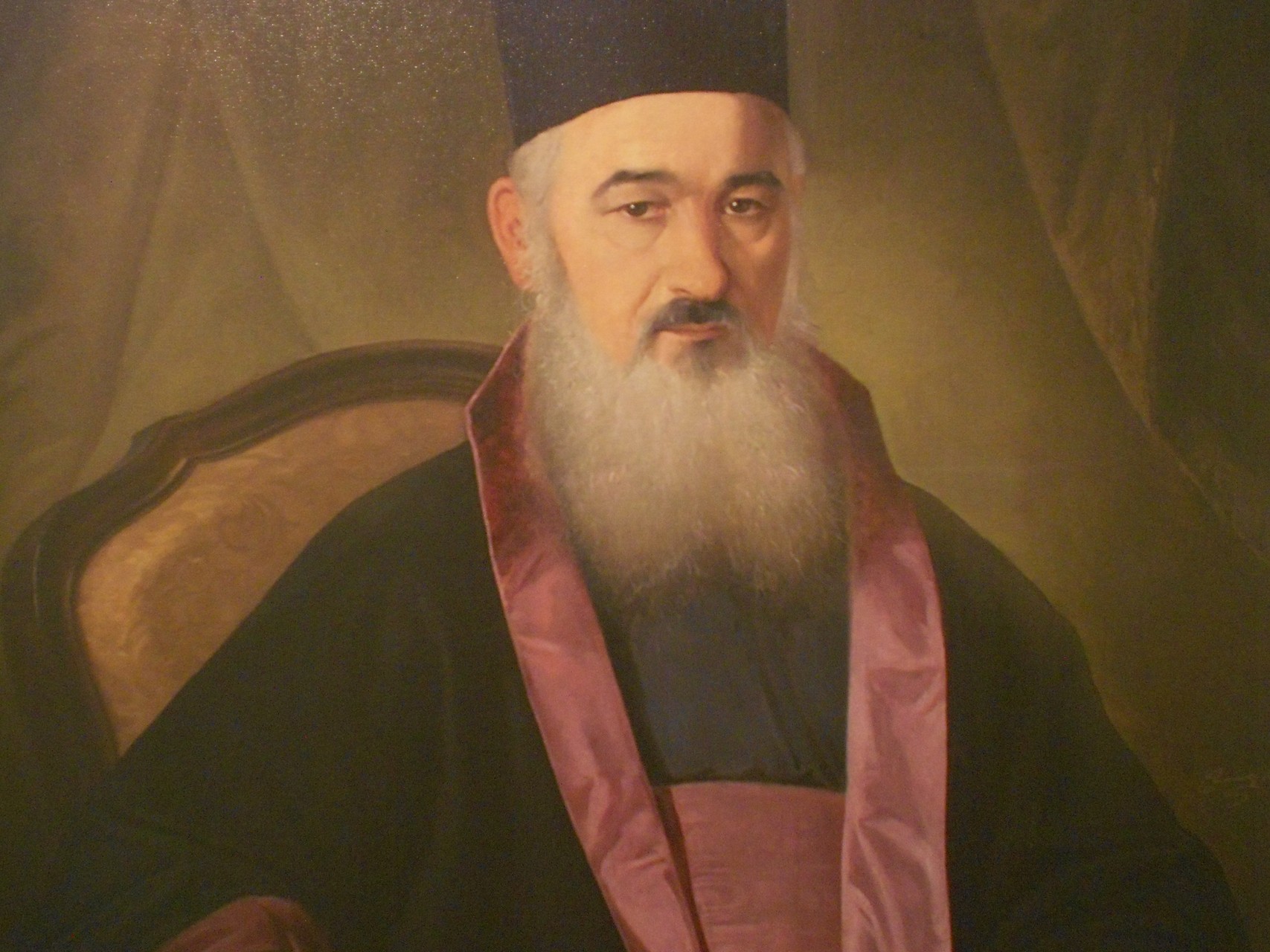
Priest Jovan Pavlović
The priest Jovan Pavlović is one of the people who made a great mark on the cultural and social progress of Šabac during the first half of the 19th century He became the “royal court priest” on the request of Jevrem Obrenović He is considered one of the most eminent...
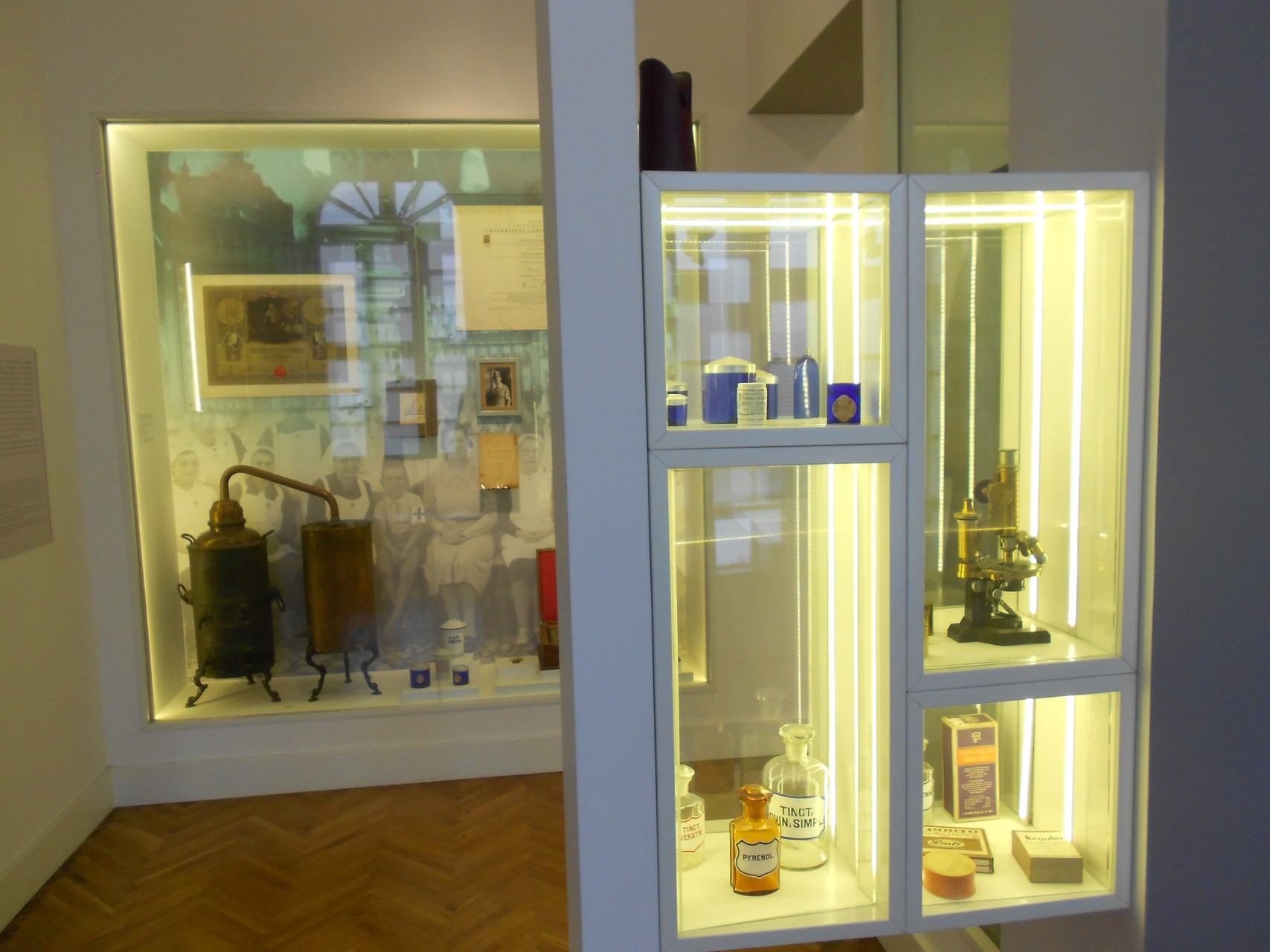 © Goran Gajić OROUNDO
© Goran Gajić OROUNDO
Many of the things Šabac was first to do
During the rule of Jevrem Obrenović and throughout the rest of the 19th century, Šabac was a leading city in many respects when compared to the rest of Serbia The town kept up with the European standards of that time and because of its progressiveness many novelties were first introduced...
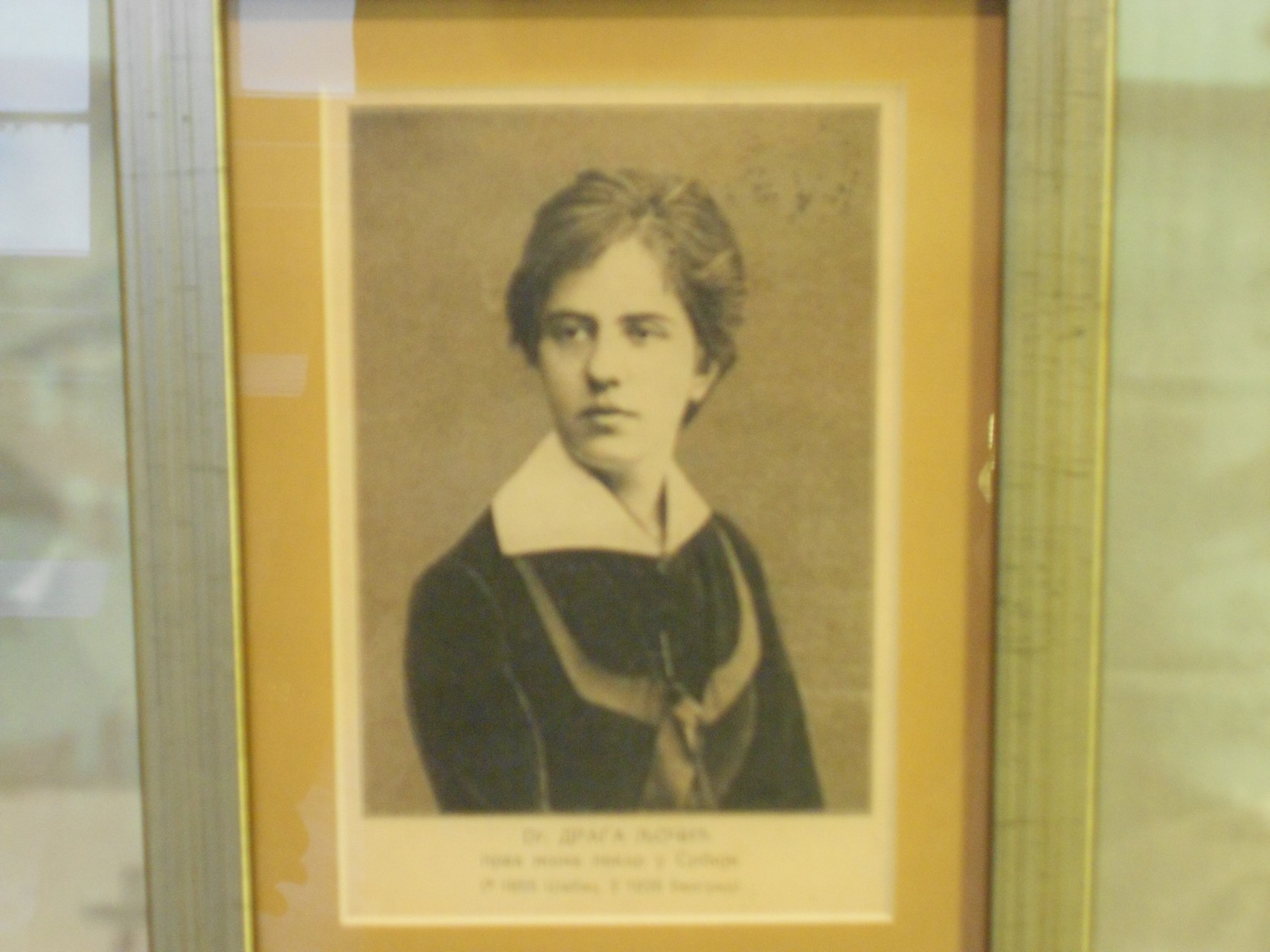 © Goran Gajić OROUNDO
© Goran Gajić OROUNDO
 © Goran Gajić OROUNDO
© Goran Gajić OROUNDO
Dr Draga Ljočić
Draga Ljočić was born in Šabac in 1855 She was the first female Serbian doctor She studied medicine in Zurich and was one of the rare female medical students of the time Dr Ljočić was a great philanthropist and a patron of children. She pledged to open children’s hospitals and...
 © Goran Gajić OROUNDO
© Goran Gajić OROUNDO
 © Goran Gajić OROUNDO
© Goran Gajić OROUNDO
Pharmacy
Following the establishment of the first hospital and pharmacy during the rule of Jevrem Obrenović, the first modern pharmacy was opened in Šabac in 1856 This pharmacy played a sort of a missionary role in the field of public health protection The founder of the second pharmacy in Šabac was...
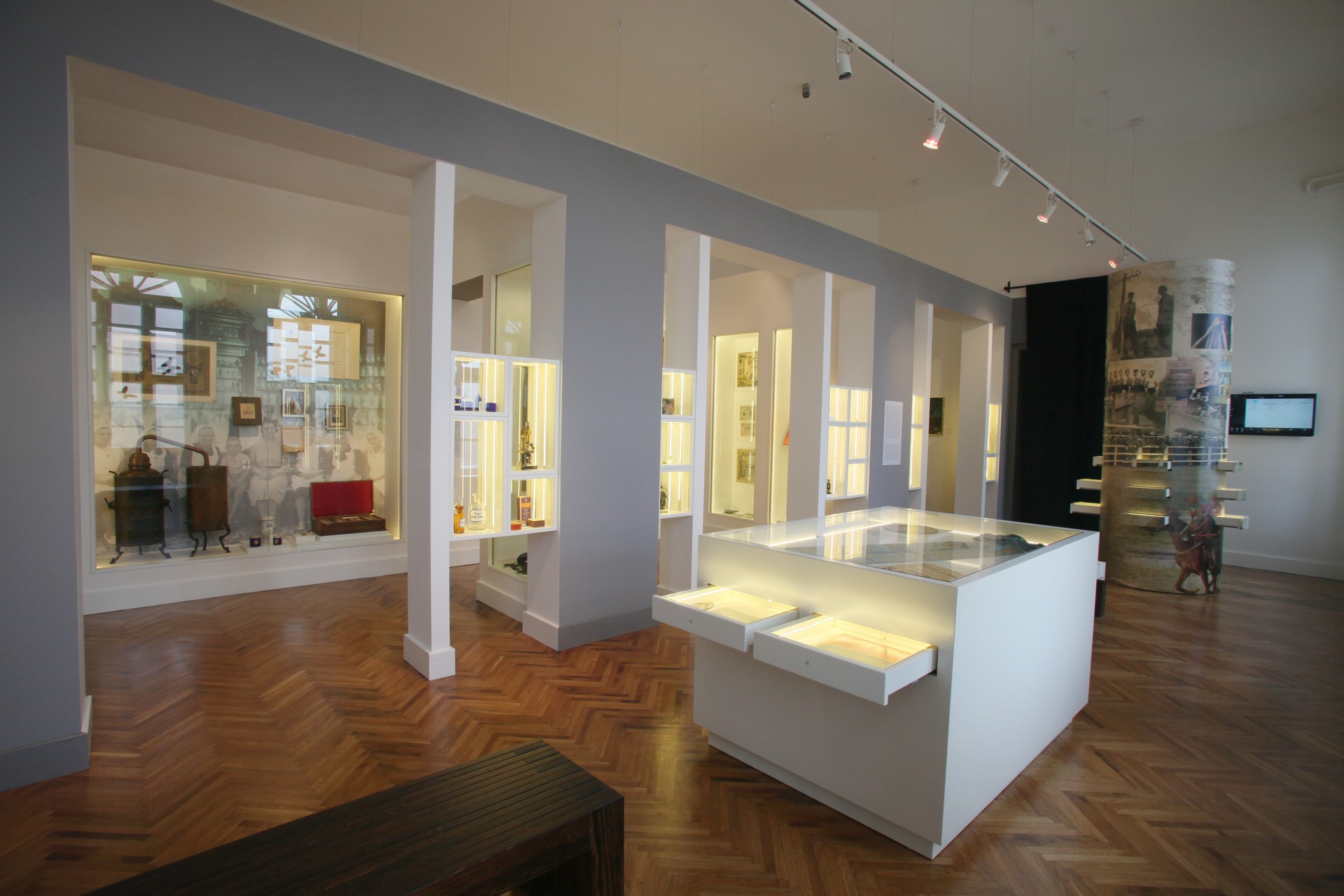
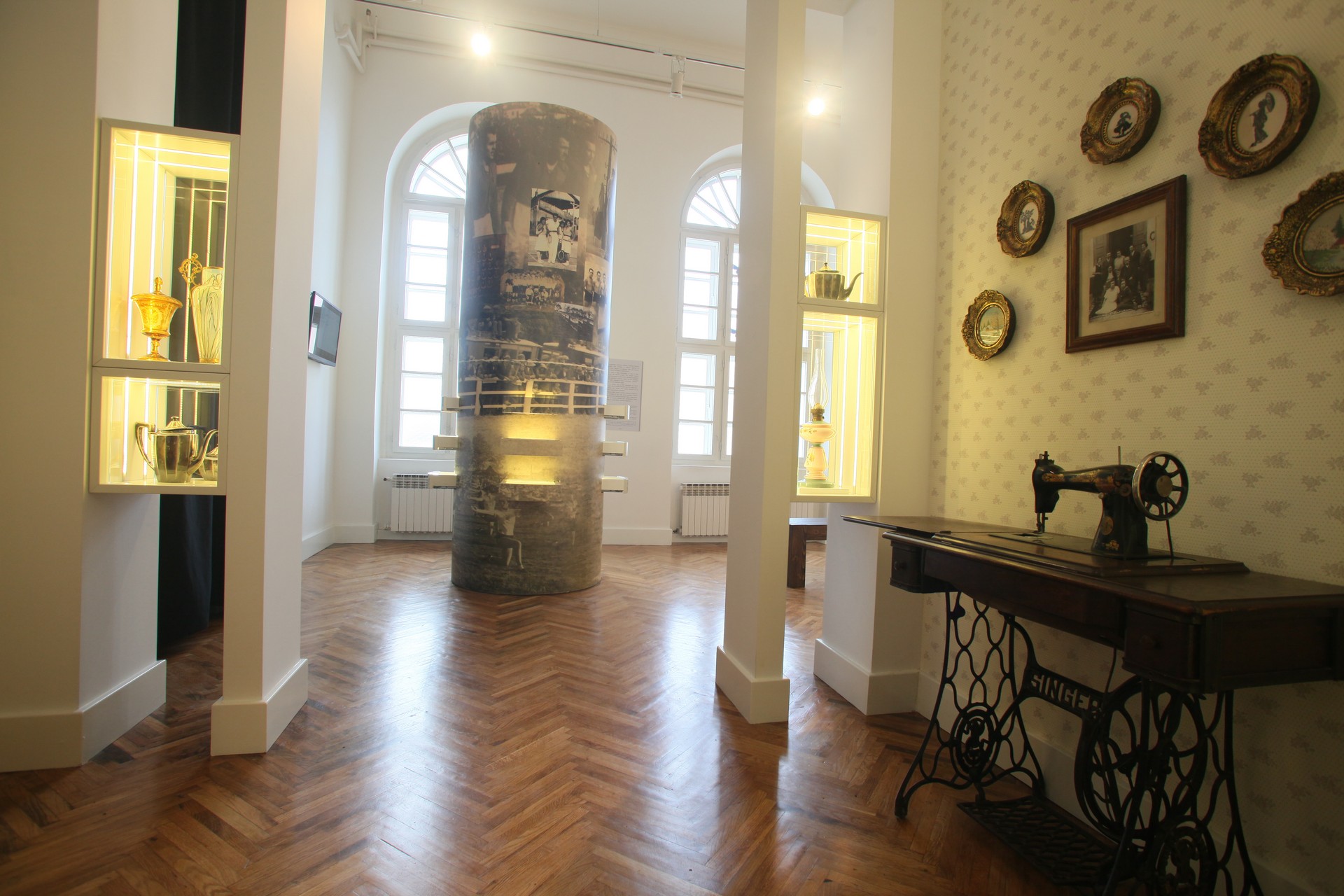
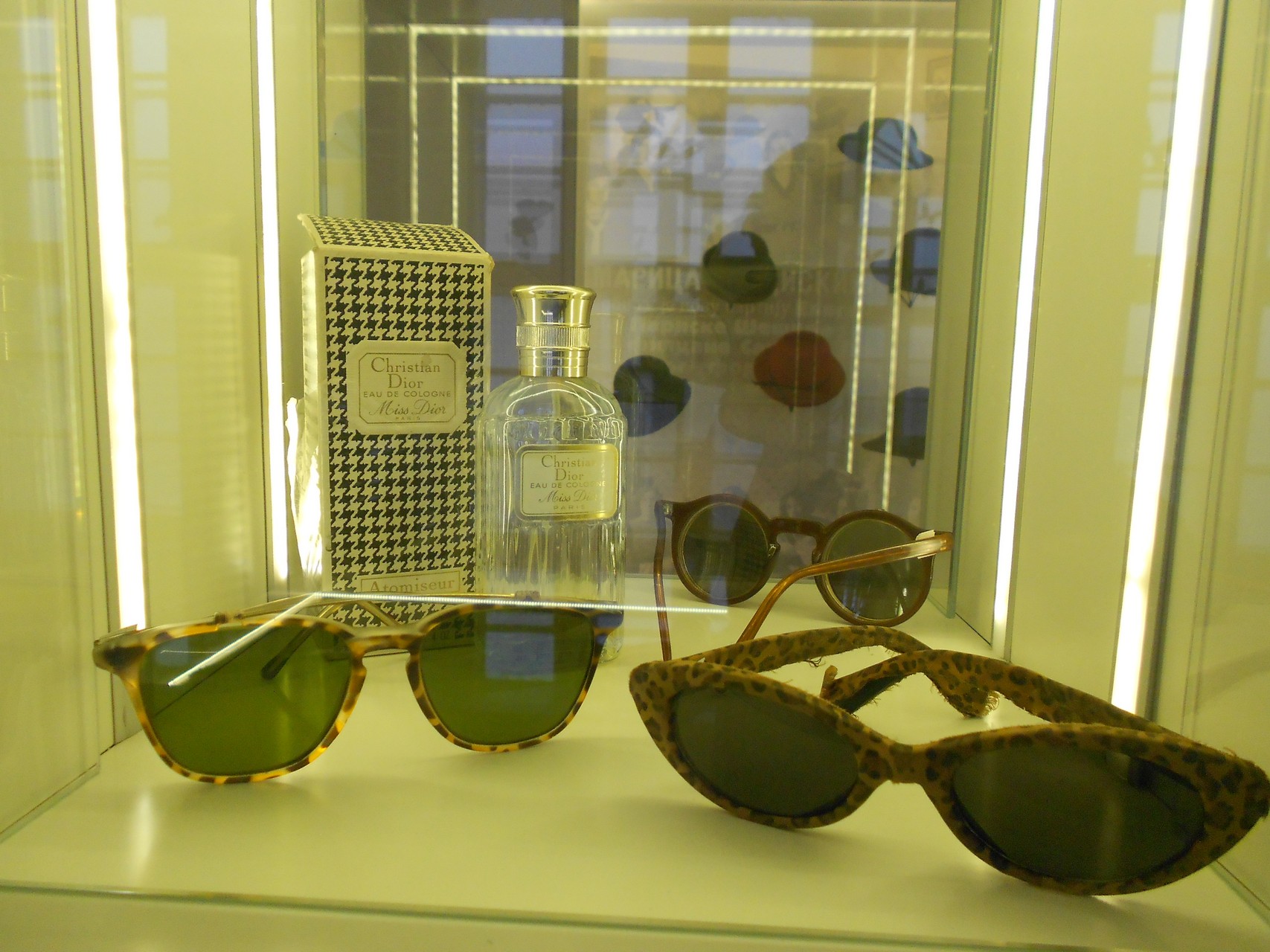 © Goran Gajić OROUNDO
© Goran Gajić OROUNDO
Šabac – Little Paris
To this day Šabac is known as “Little Paris” In the 19th century, and especially during the rule of Jevrem Obrenović and following the departure of the Turks from the city in 1867, Šabac went through an intense period of progress which was reflected in all aspects of urban life....
 © Goran Gajić OROUNDO
© Goran Gajić OROUNDO
 © Goran Gajić OROUNDO
© Goran Gajić OROUNDO
Education
Advances in education laid the foundations for the intellectual development of the city and general social progress The number of students in Šabac was the second largest in Serbia after Belgrade The establishment of the Šabac Grammar school holds a special place in the history of education in this city...
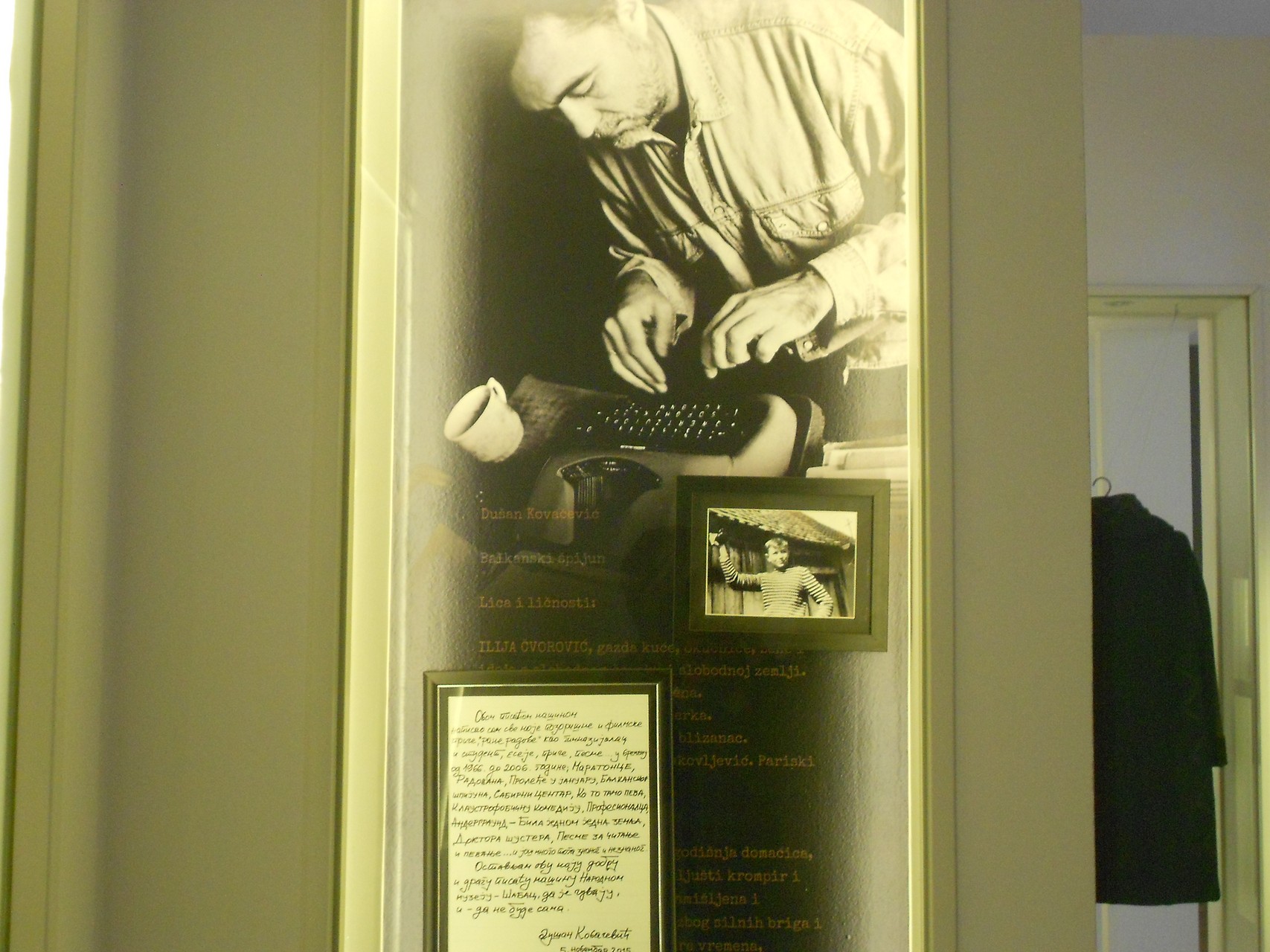 © Goran Gajić OROUNDO
© Goran Gajić OROUNDO
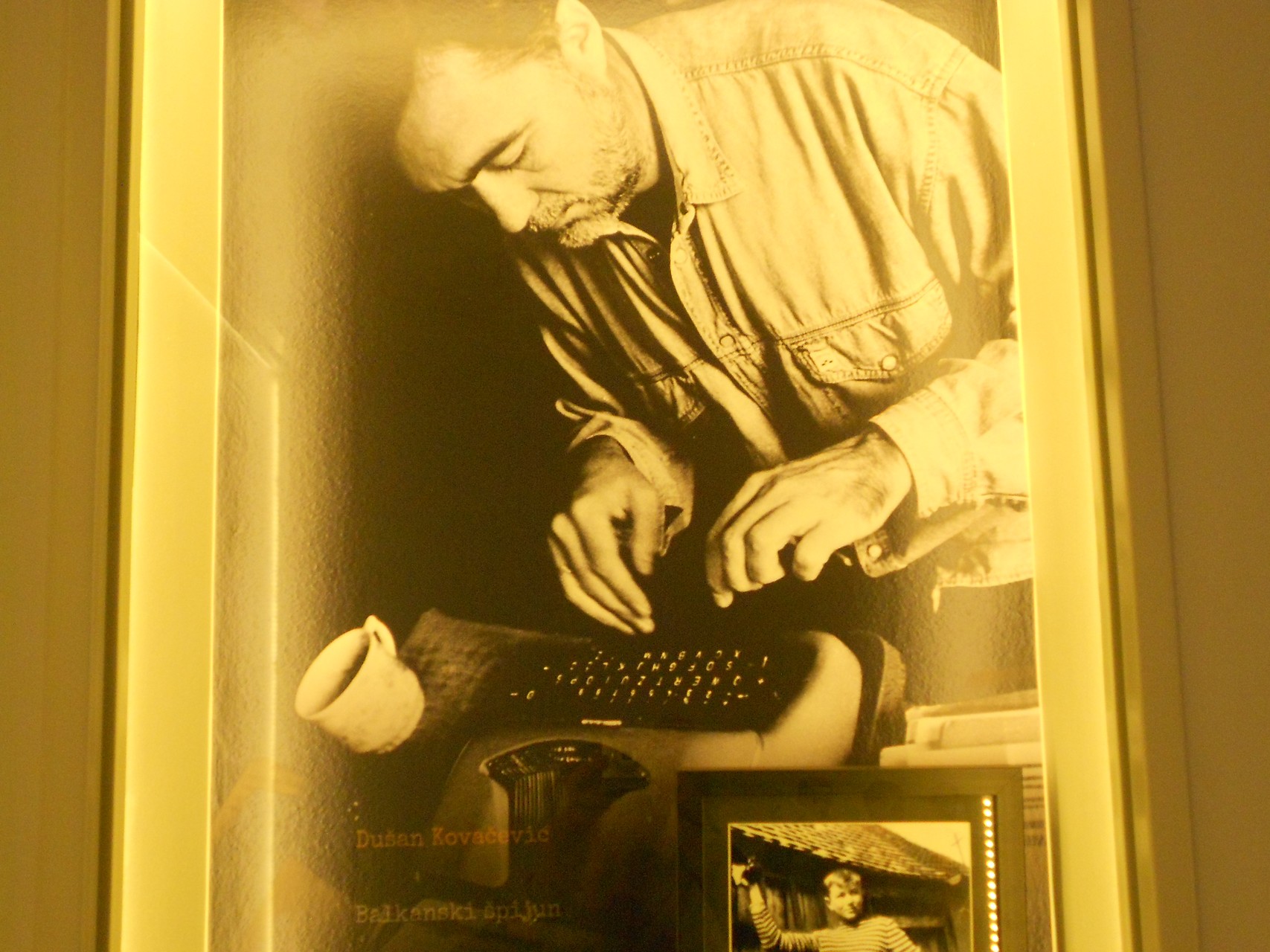 © Goran Gajić OROUNDO
© Goran Gajić OROUNDO
Literature
Many famous Serbian writers were born, educated or lived and worked in Šabac Anka Obrenović, the daughter of Jevrem Obrenović, was a writer whose translations in 1836 were the first literary works compiled by a woman to be published in post-Ottoman Serbia The great Serbian writer Janko Veselinović was an...
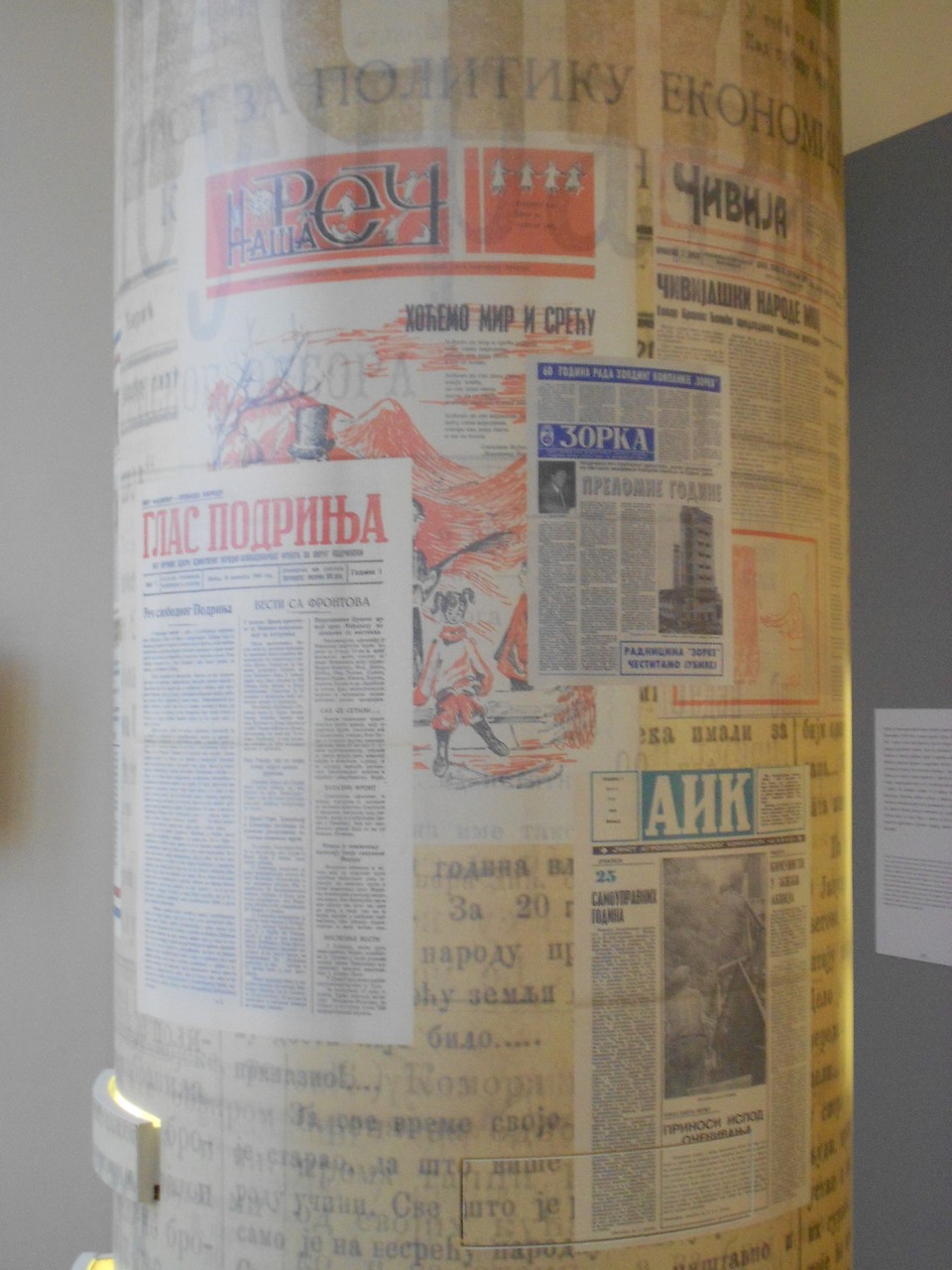 © Goran Gajić OROUNDO
© Goran Gajić OROUNDO
The press
The owner of the first publishing house in Šabac was Andrija Slavuj On January 1st, 1883, Slavuj started publishing the first newspaper in the city – the “Šabački glasnik”. This was the only local newspaper published in Serbia for sometime The first short story of writer Janko Veselinović was published...
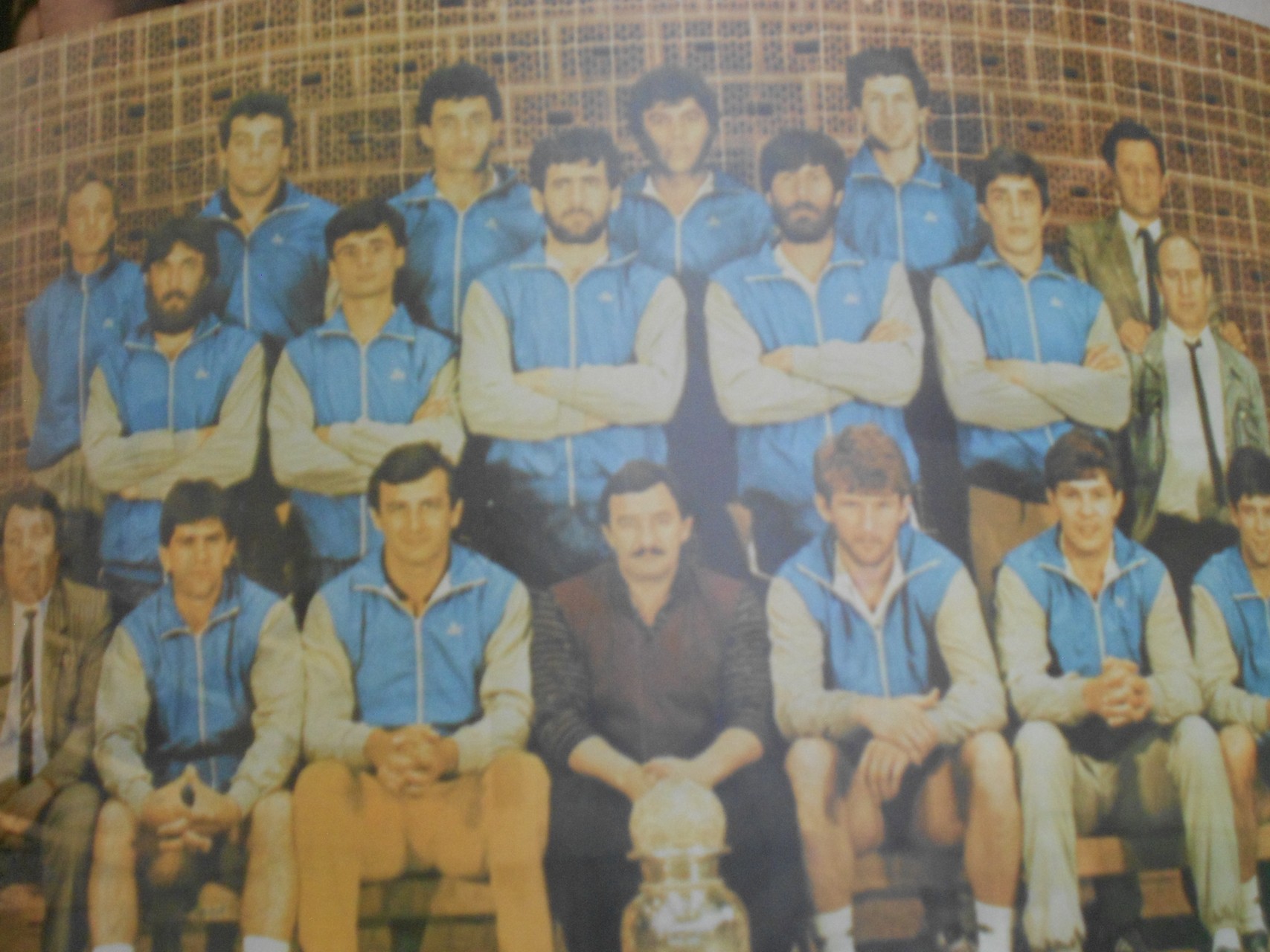 © Goran Gajić OROUNDO
© Goran Gajić OROUNDO
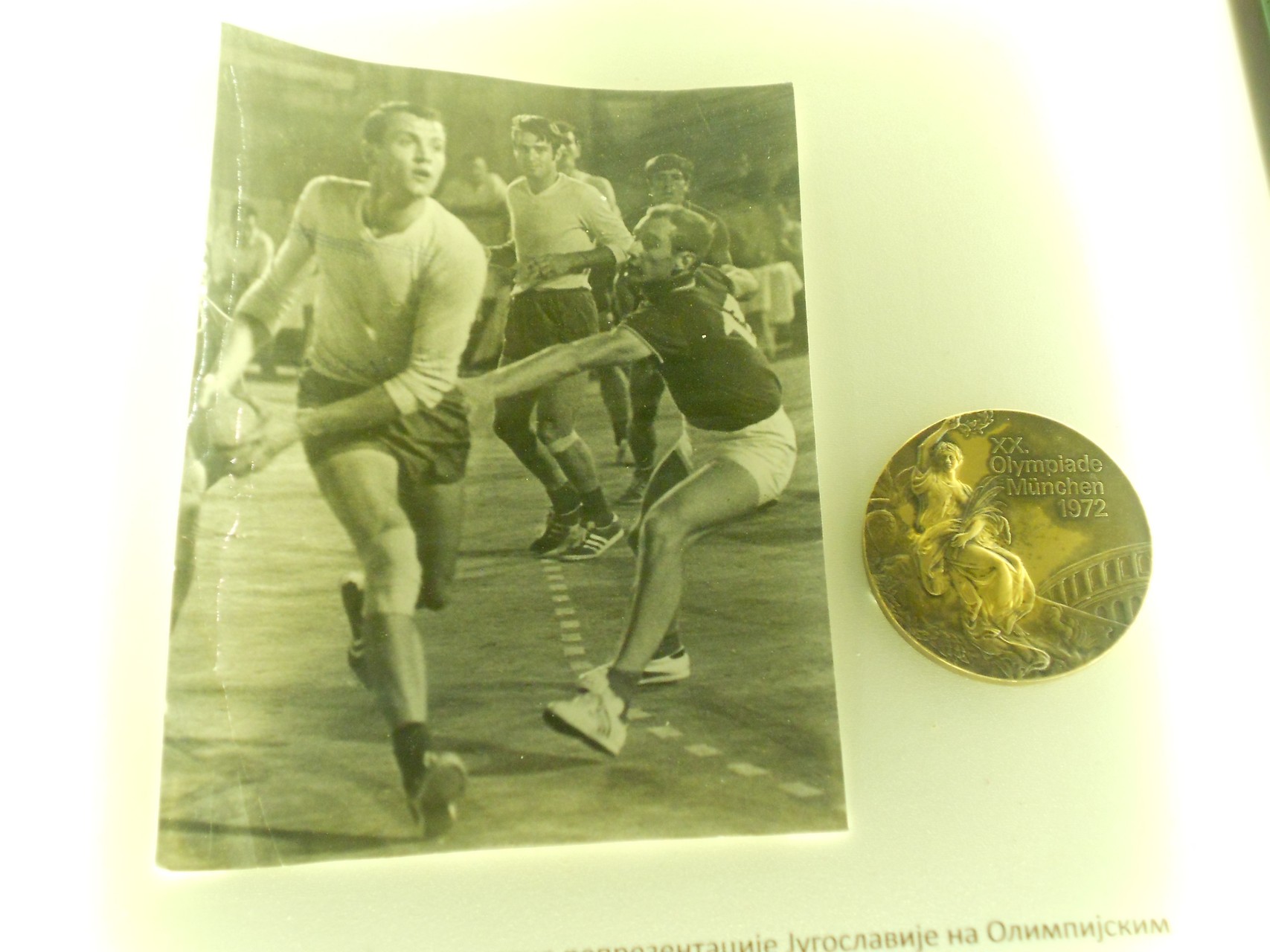 © Goran Gajić OROUNDO
© Goran Gajić OROUNDO
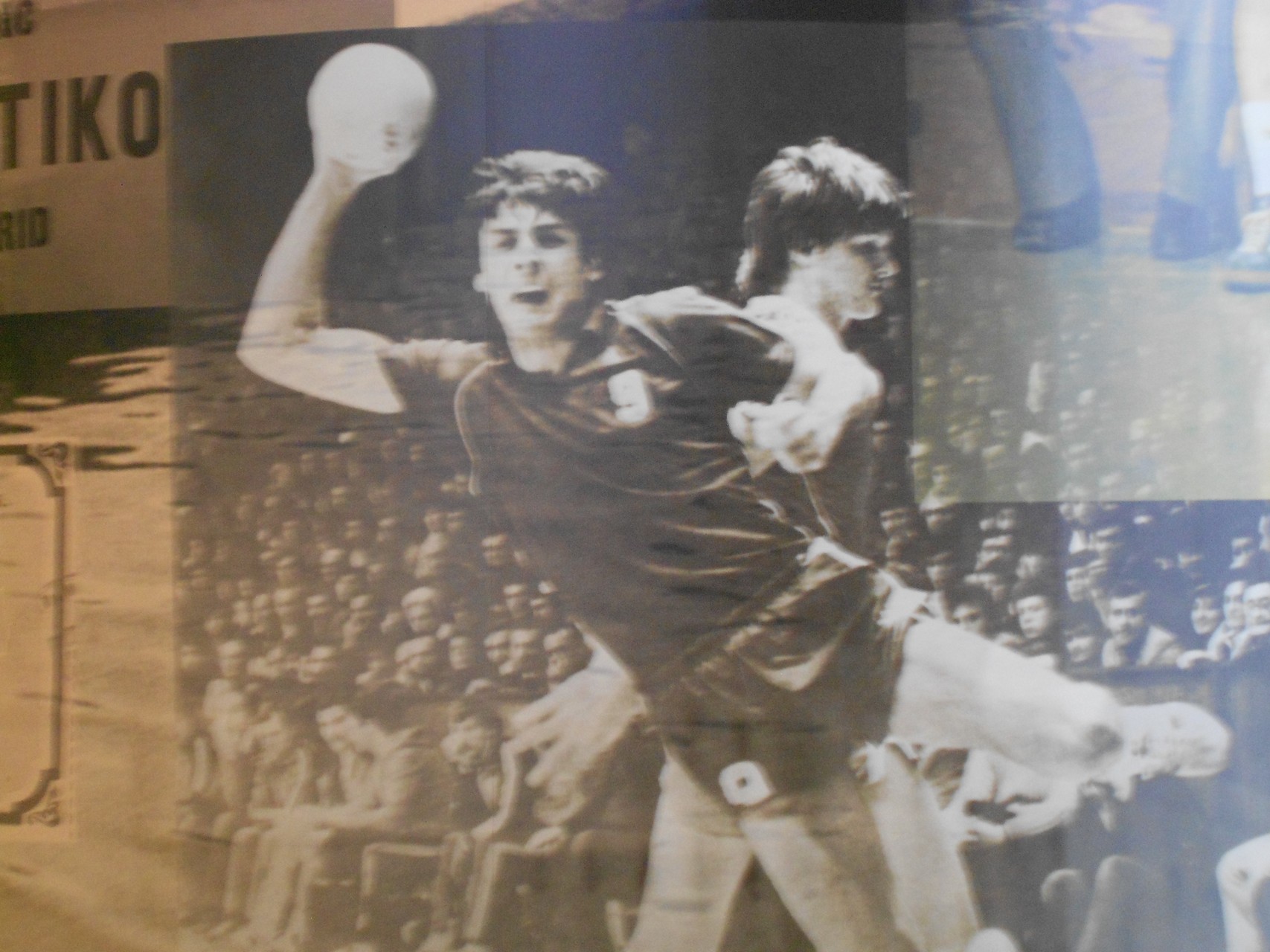 © Goran Gajić OROUNDO
© Goran Gajić OROUNDO
Sport
In 1881, the Šabac Society for Gymnastics and Wrestling was founded on the initiative of the Šabac Grammar school teacher Mihailo Ruvidić In 1888, the first equestrian club in Serbia “Knez Mihailo” was founded The development of sports intensified further during the 20th century In 1905, Dr Avram Vinaver founded...
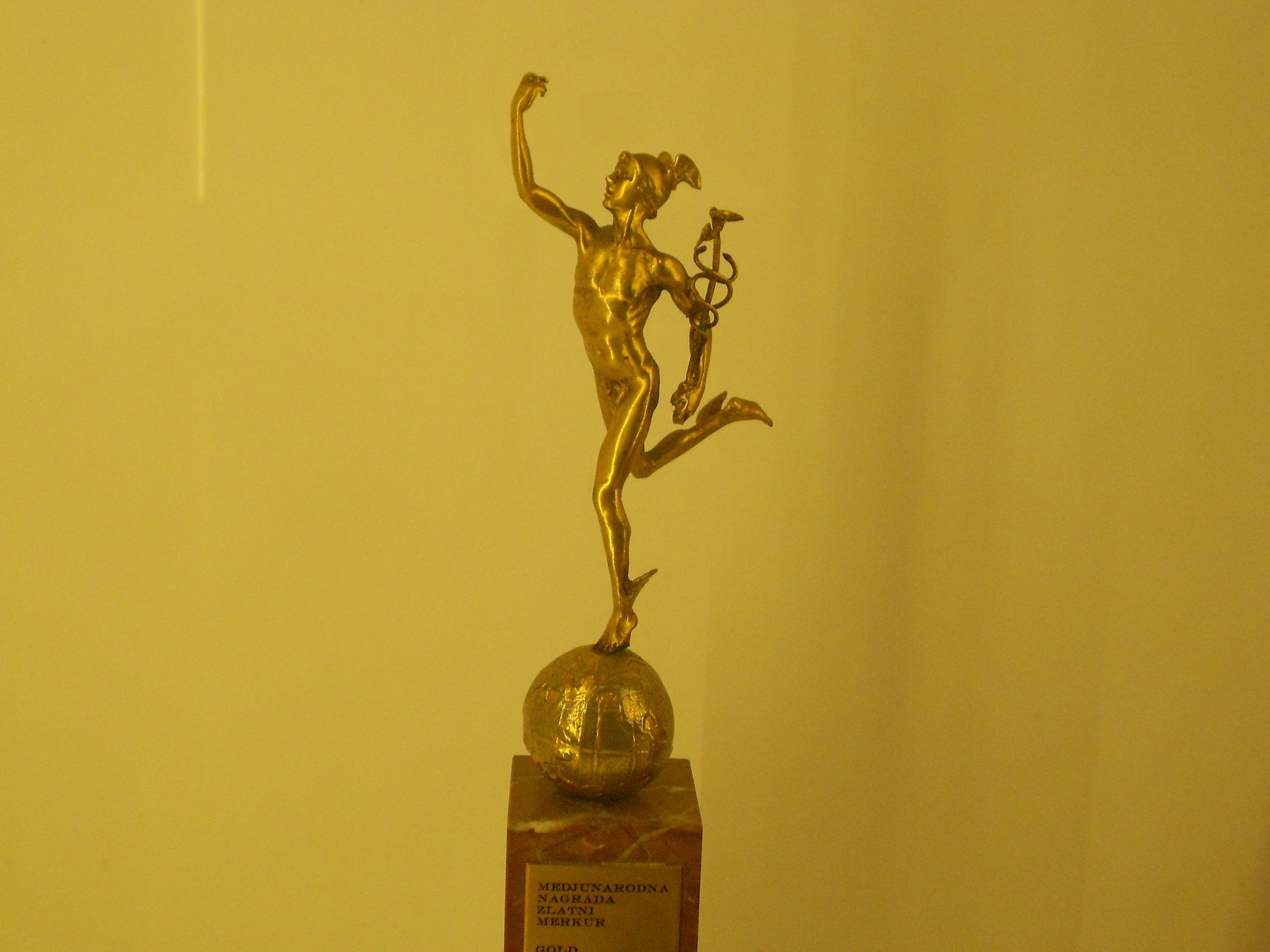 © Goran Gajić OROUNDO
© Goran Gajić OROUNDO
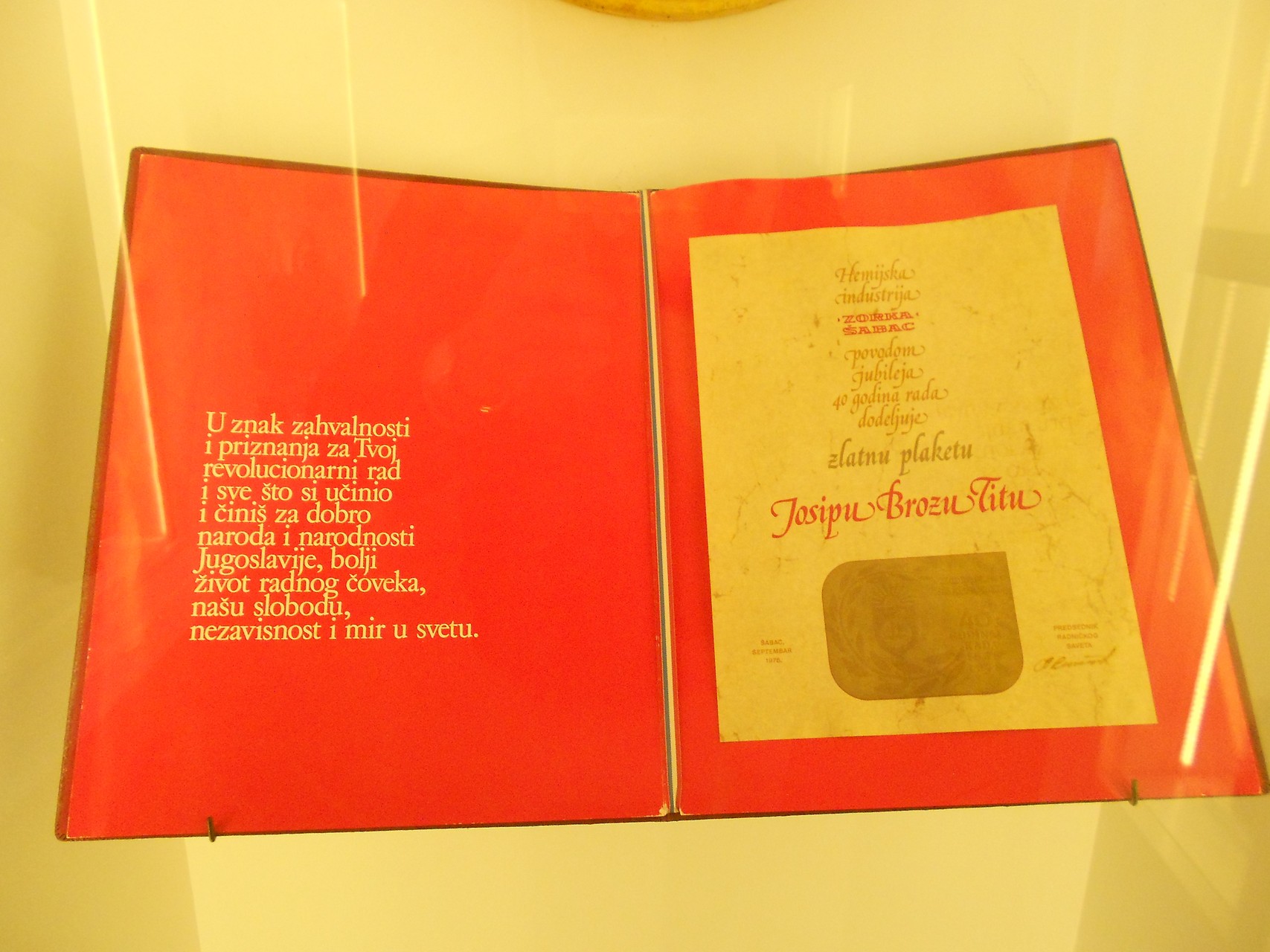 © Goran Gajić OROUNDO
© Goran Gajić OROUNDO
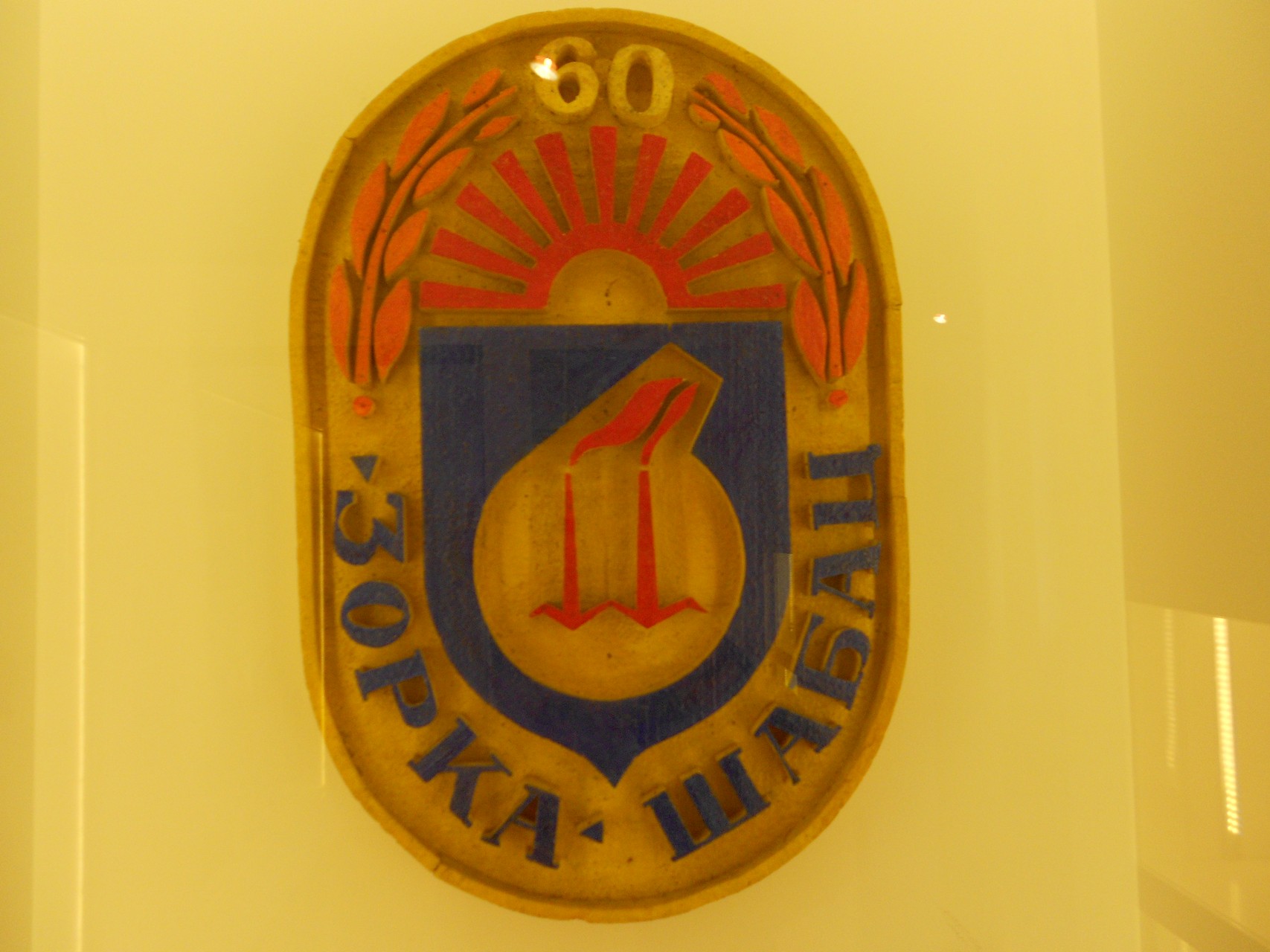 © Goran Gajić OROUNDO
© Goran Gajić OROUNDO
„Zorka“ Šabac
On October 8th, 1938, the chemical industrial plant “Zorka” was founded. It was the largest chemical plant in South-East Europe at that time This factory helped determine the development of the city over the following decades and almost became a synonym for Šabac The golden age of “Zorka” ran from...
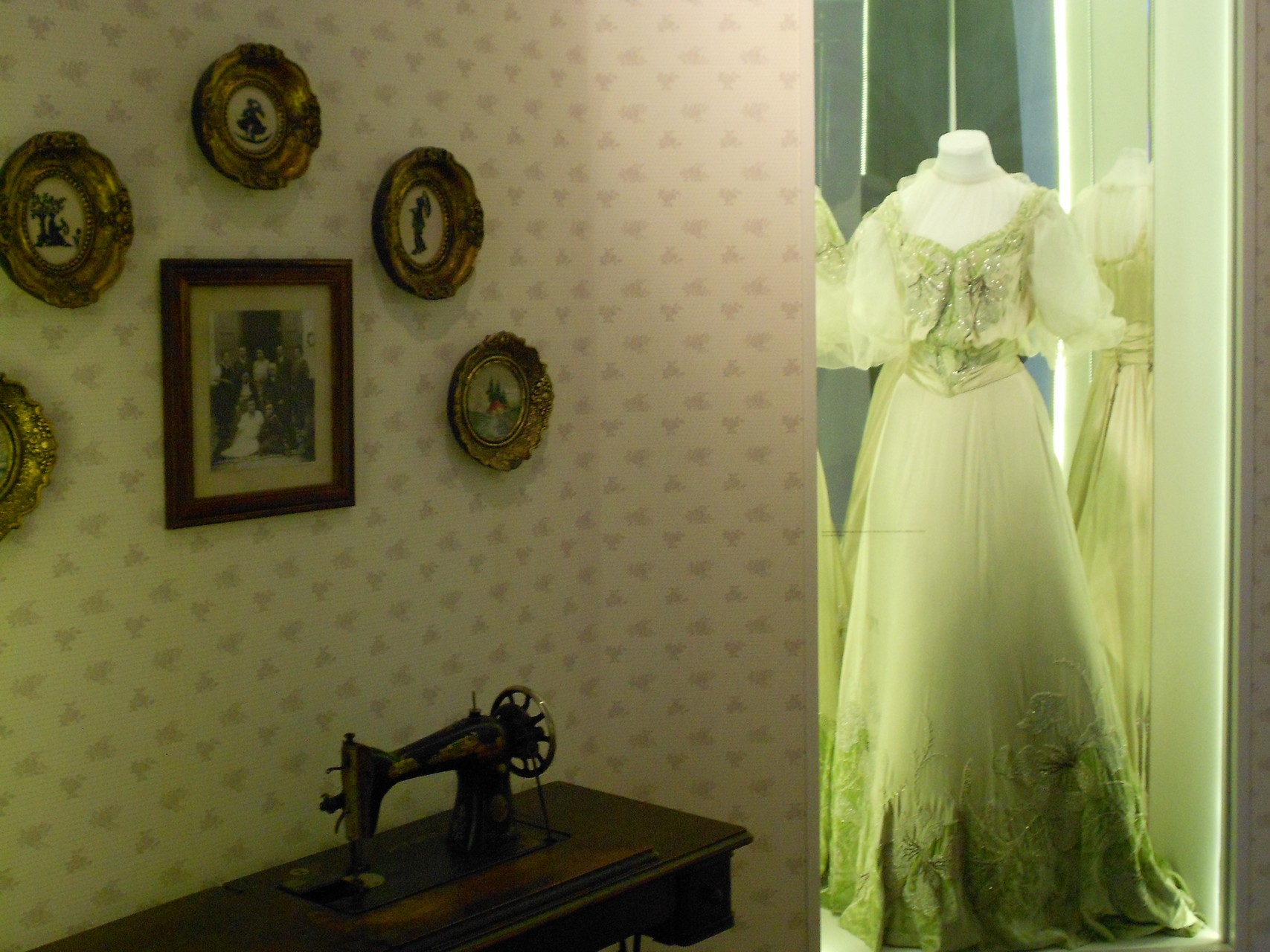 © Goran Gajić OROUNDO
© Goran Gajić OROUNDO
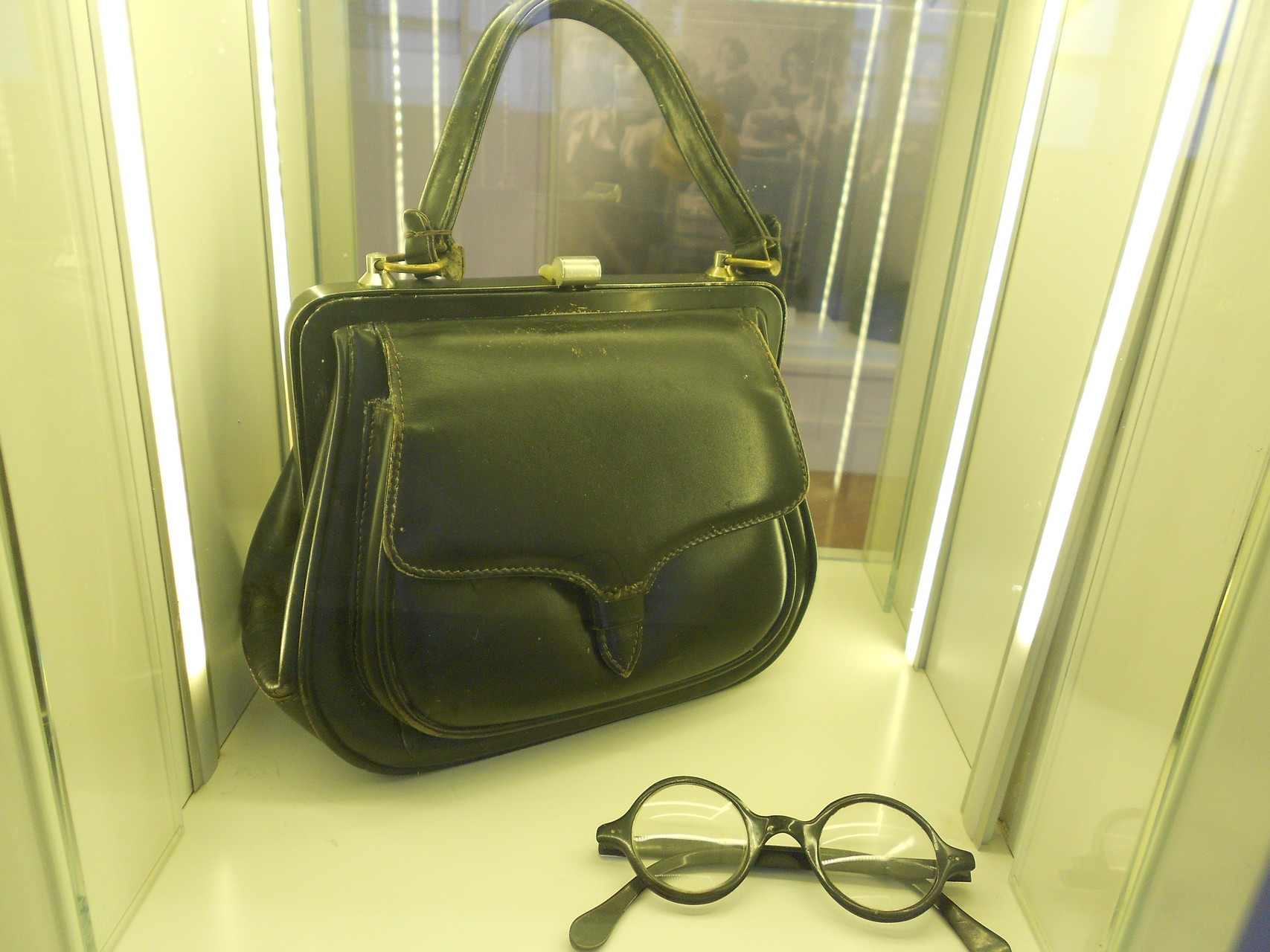 © Goran Gajić OROUNDO
© Goran Gajić OROUNDO
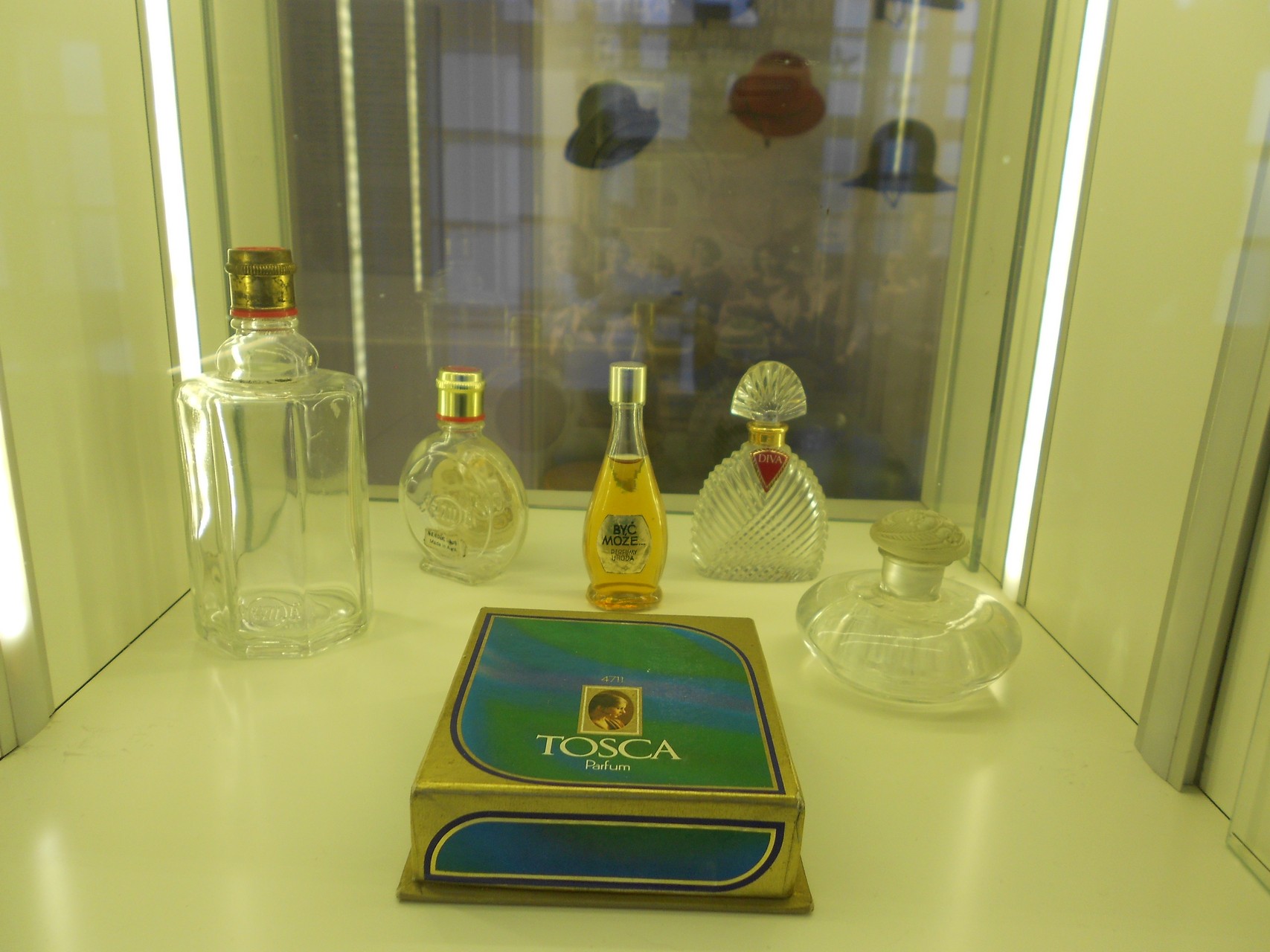 © Goran Gajić OROUNDO
© Goran Gajić OROUNDO
Urban life in Šabac
At the turn of the 20th century, the urban life of people in Šabac was similar of those who lived in Vojvodina and the rest of modern Europe The city’s progressive development was visible in many aspects of life, from modern fashion, its busy public life, to its many diverse...
 © Goran Gajić OROUNDO
© Goran Gajić OROUNDO
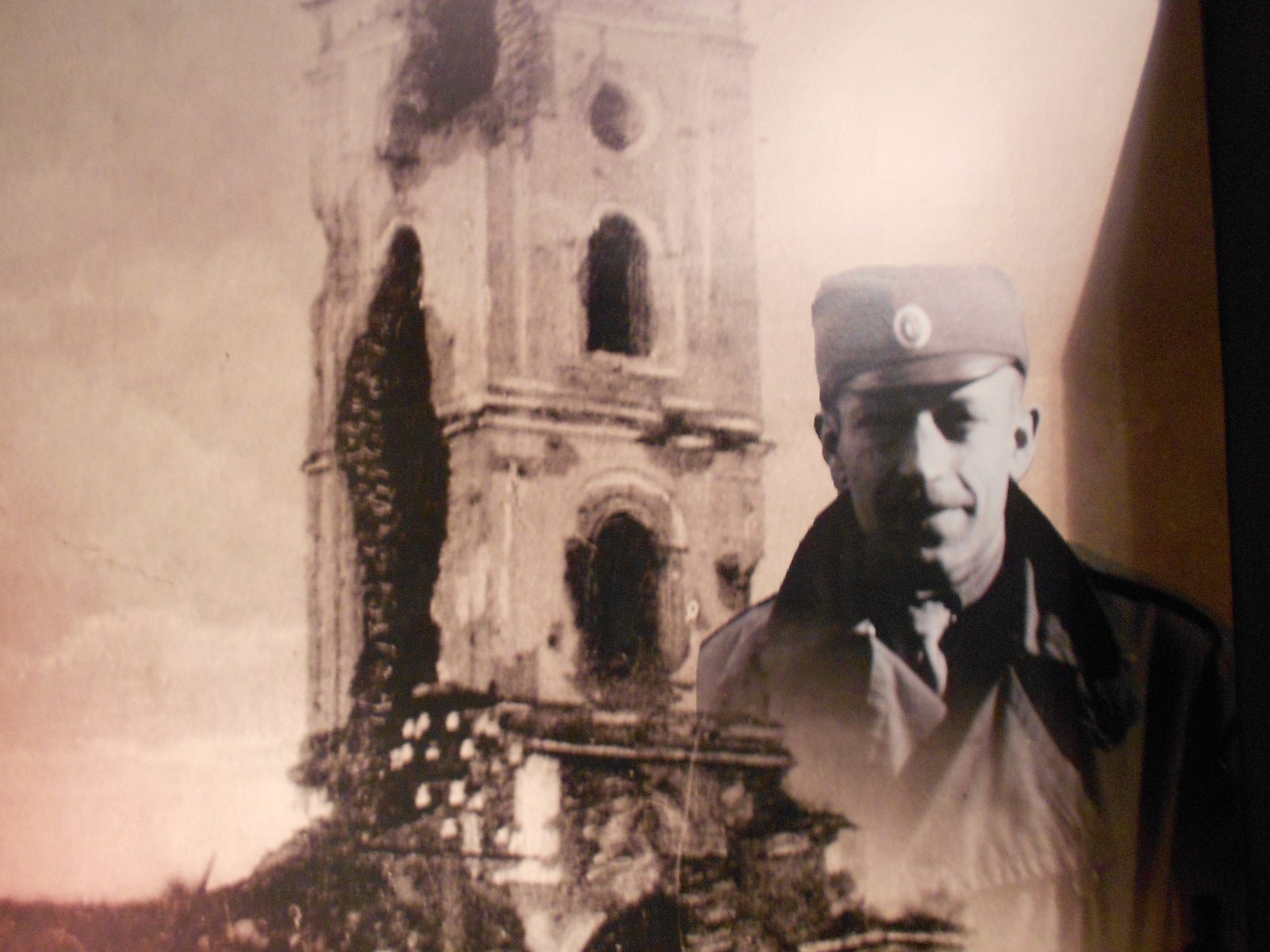 © Goran Gajić OROUNDO
© Goran Gajić OROUNDO
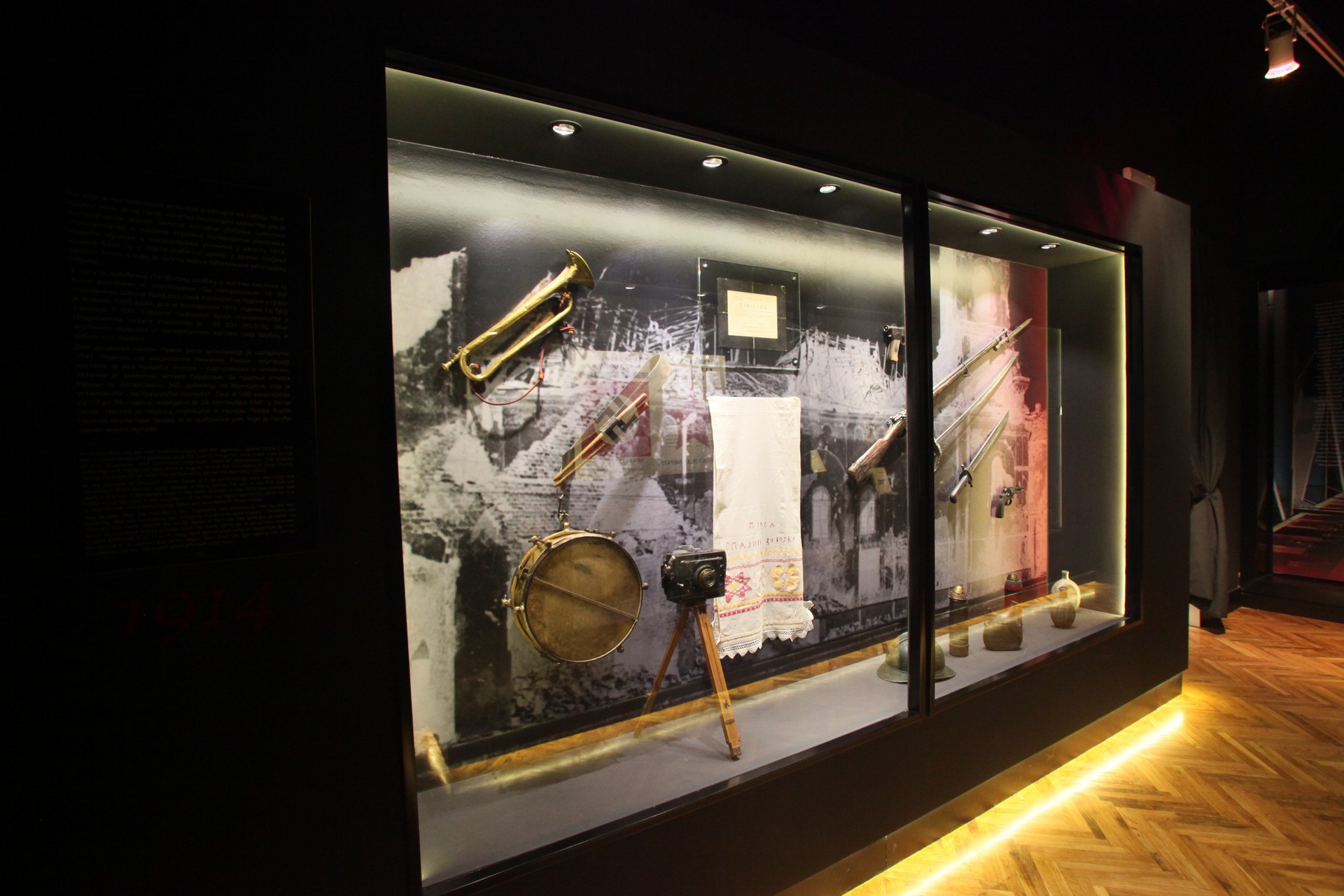
Suffering of Šabac – The First and The Second World War
Šabac and its surroundings suffered a tragic degree of destruction and counted vast numbers of casualties in both World Wars The first big battle of the Great War in this territory was the famous Battle of Cer (15/16 – 20 August 1914) At the time of the liberation on November...
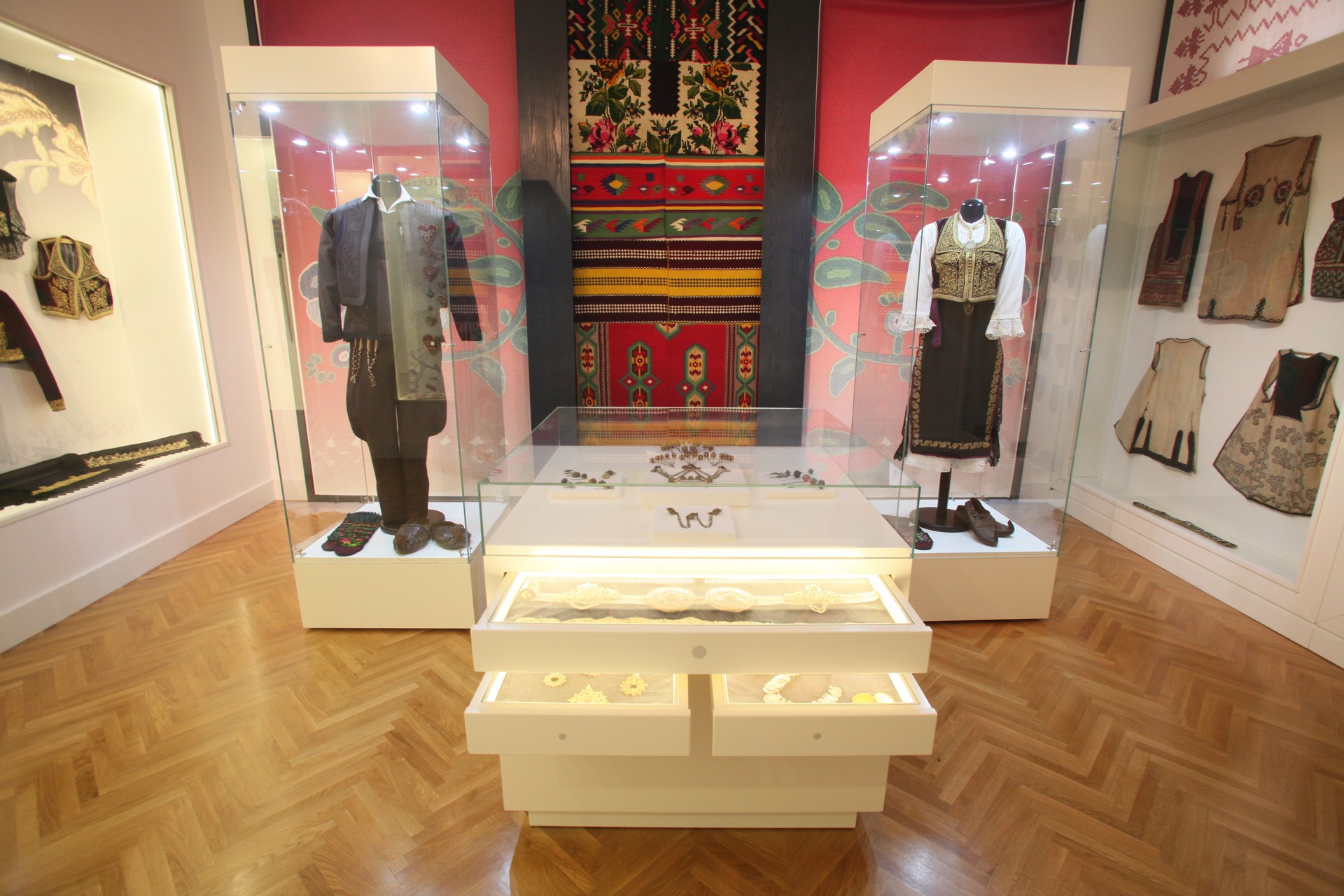
The Colorfulness of Šabac – Rugmaking
Following the Second Serbian Uprising, the Serbian rebels enjoyed a strengthened position and more favourable living conditions in these territories.This instigated a mass immigration from the Dinaric region into the areas of Mačva, Posavina and Pocerina Mačva was populated predominantly by people from Bosnia and Herzegovina, and Posavina and Pocerina...
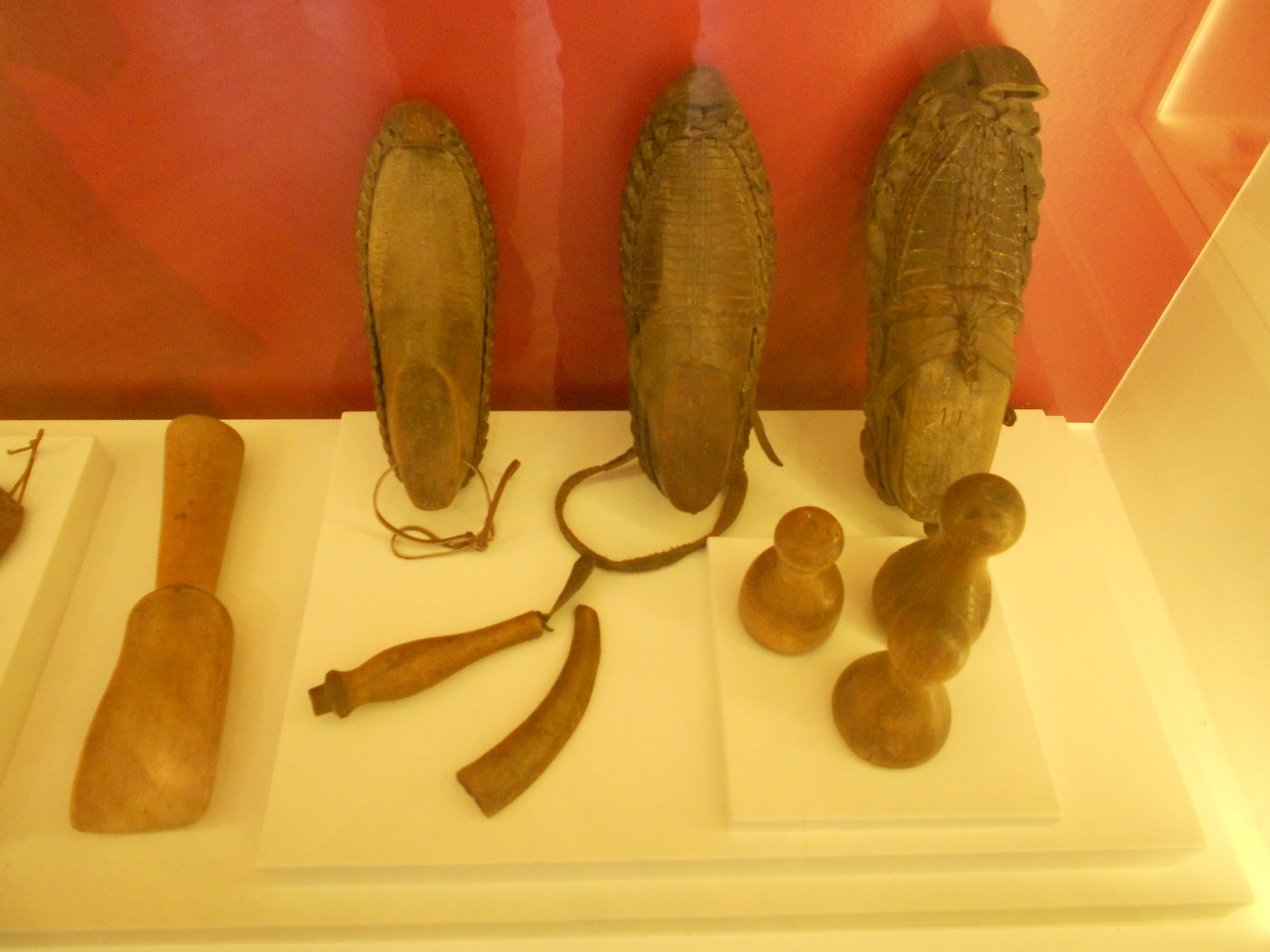 © Goran Gajić OROUNDO
© Goran Gajić OROUNDO
 © Goran Gajić OROUNDO
© Goran Gajić OROUNDO
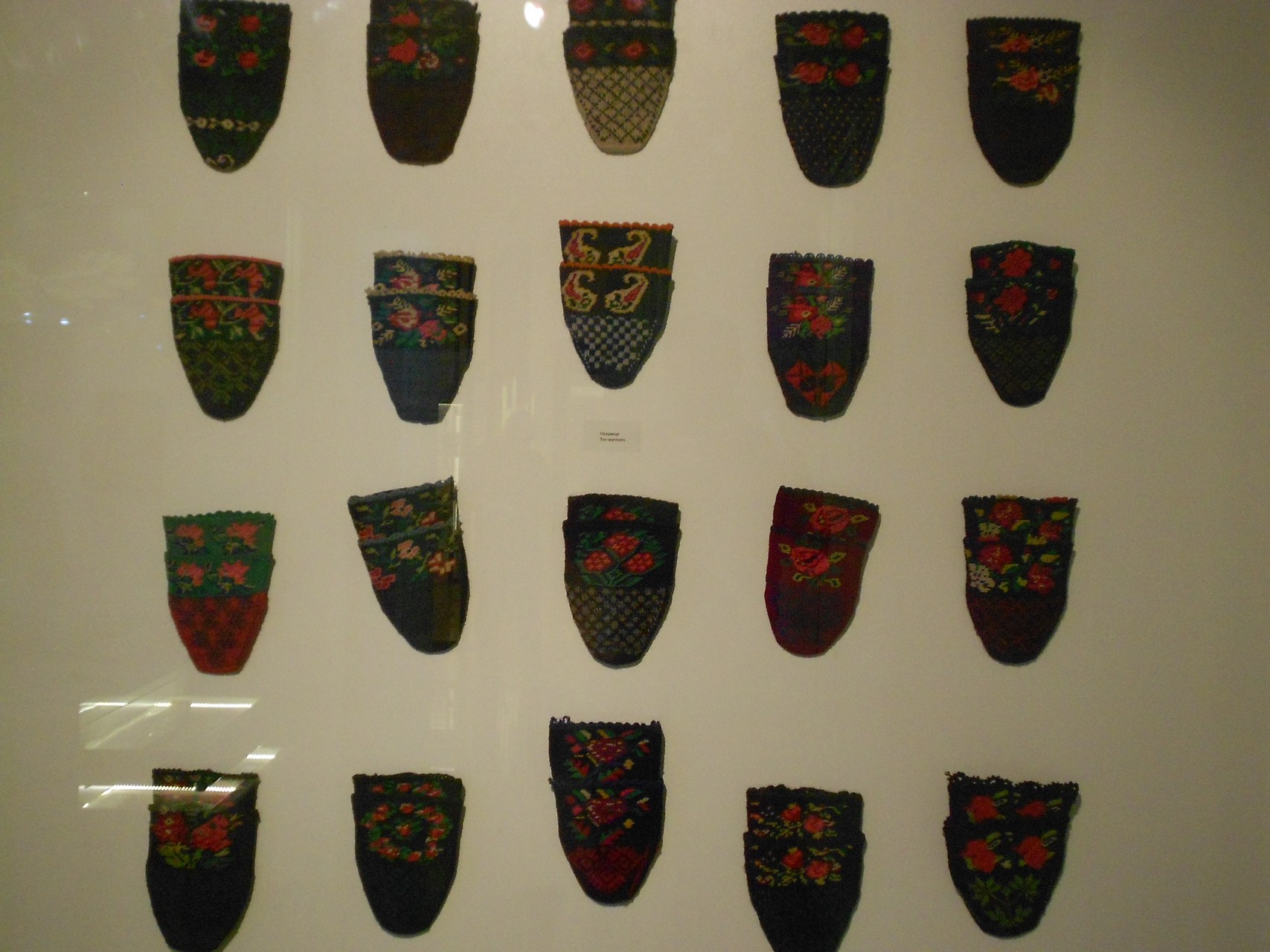 © Goran Gajić OROUNDO
© Goran Gajić OROUNDO
The Colorfulness of Šabac – National Costumes of the Šabac region
The influence of the Dinaric population which migrated into the territories of western Serbia in the 19th century led to a general change in the way of life. This was visible in the manner of dressing The typical national costumes of the time in Mačva, Pocerina and Šabac gradually acquired...
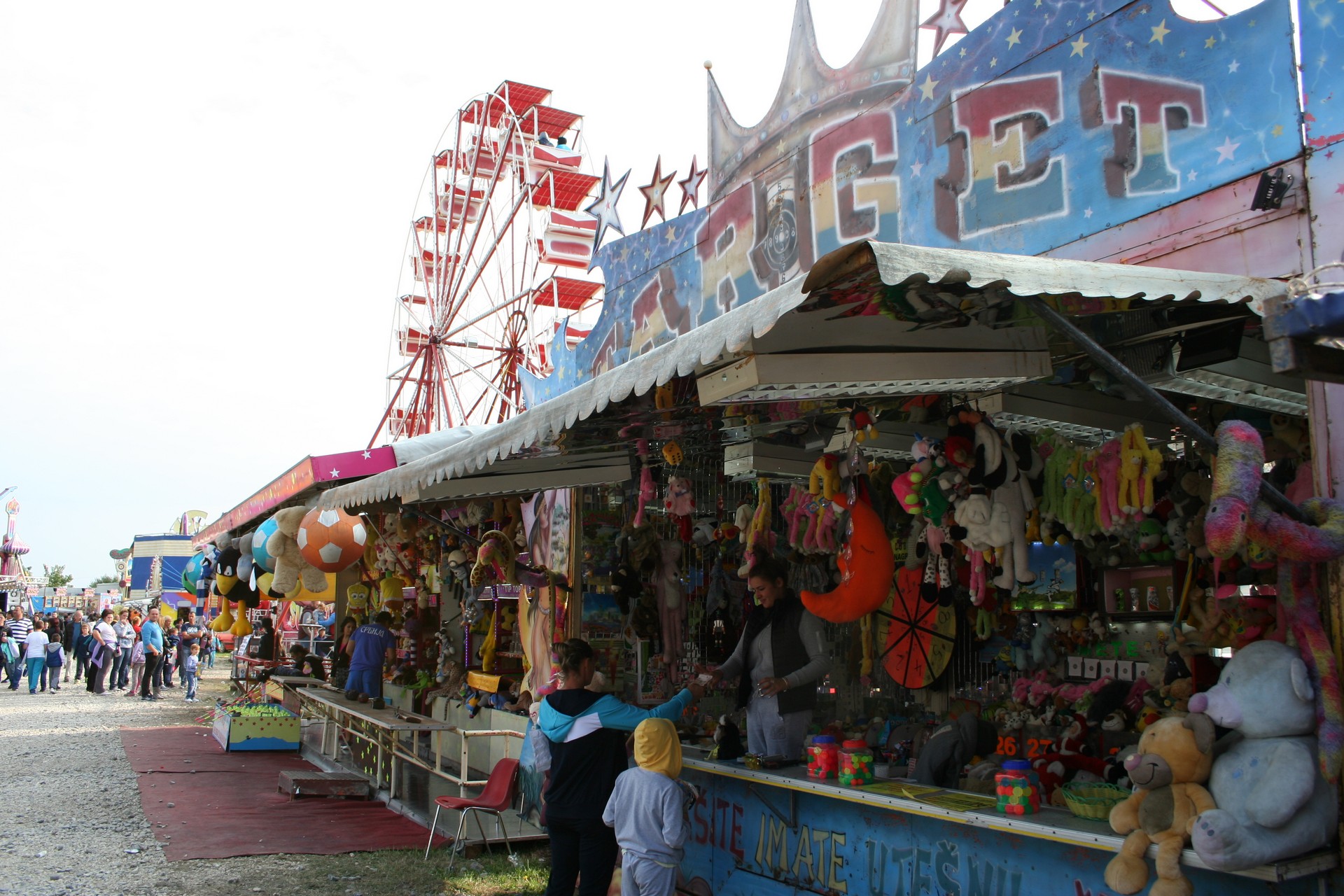 © Ванилица BY-SA 4.0
© Ванилица BY-SA 4.0
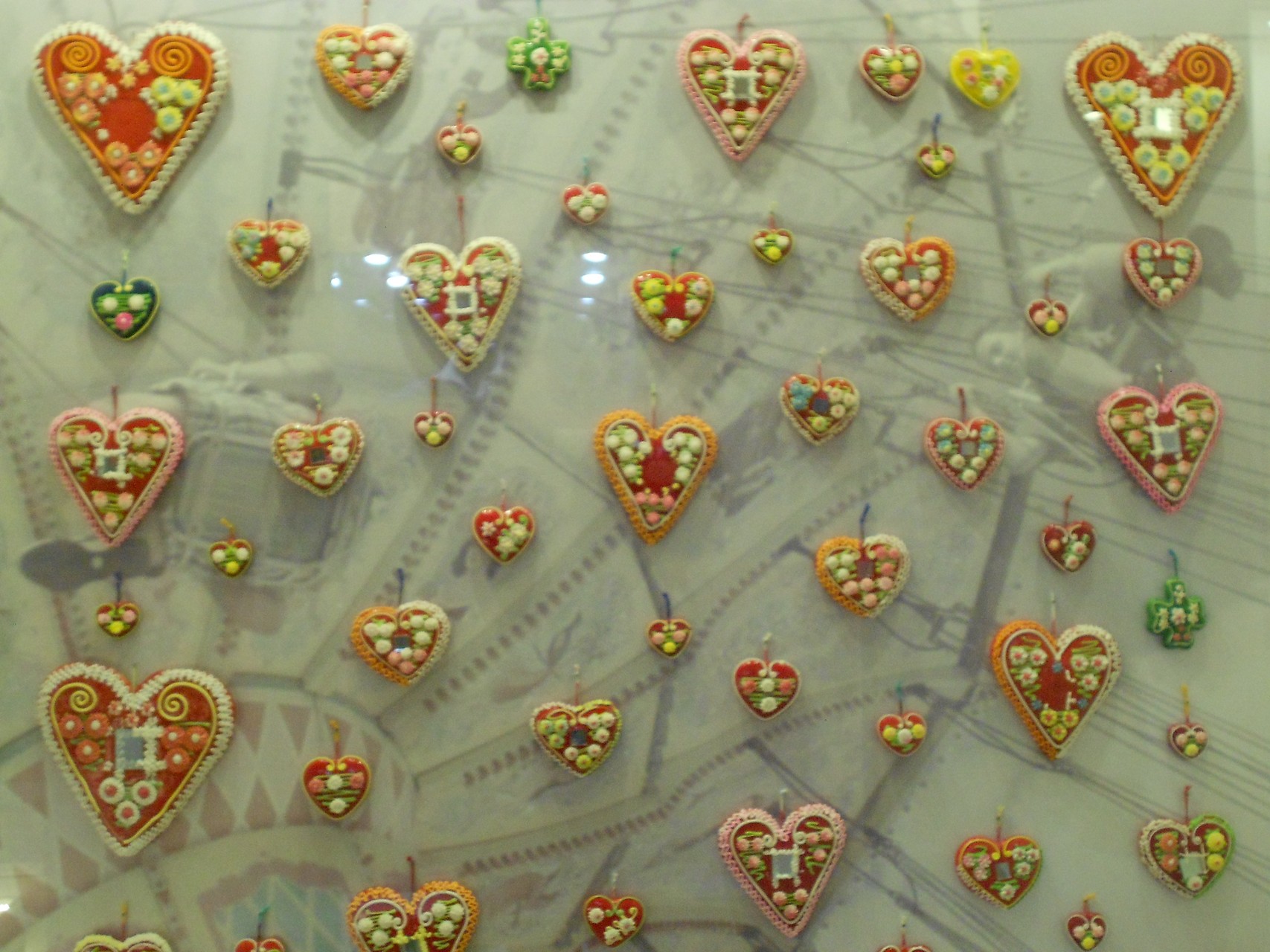 © Goran Gajić OROUNDO
© Goran Gajić OROUNDO
The Colorfulness of Šabac – Šabac Fair
Šabac was first granted the right to hold a fair which primarily fulfilled a trading function The first reference to the tradition of organizing fairs in the area of Šabac dates back to the 14th century and is found in the Charter of Serbian Prince Lazar During the 19th century,...
 © Ванилица BY-SA 4.0
© Ванилица BY-SA 4.0
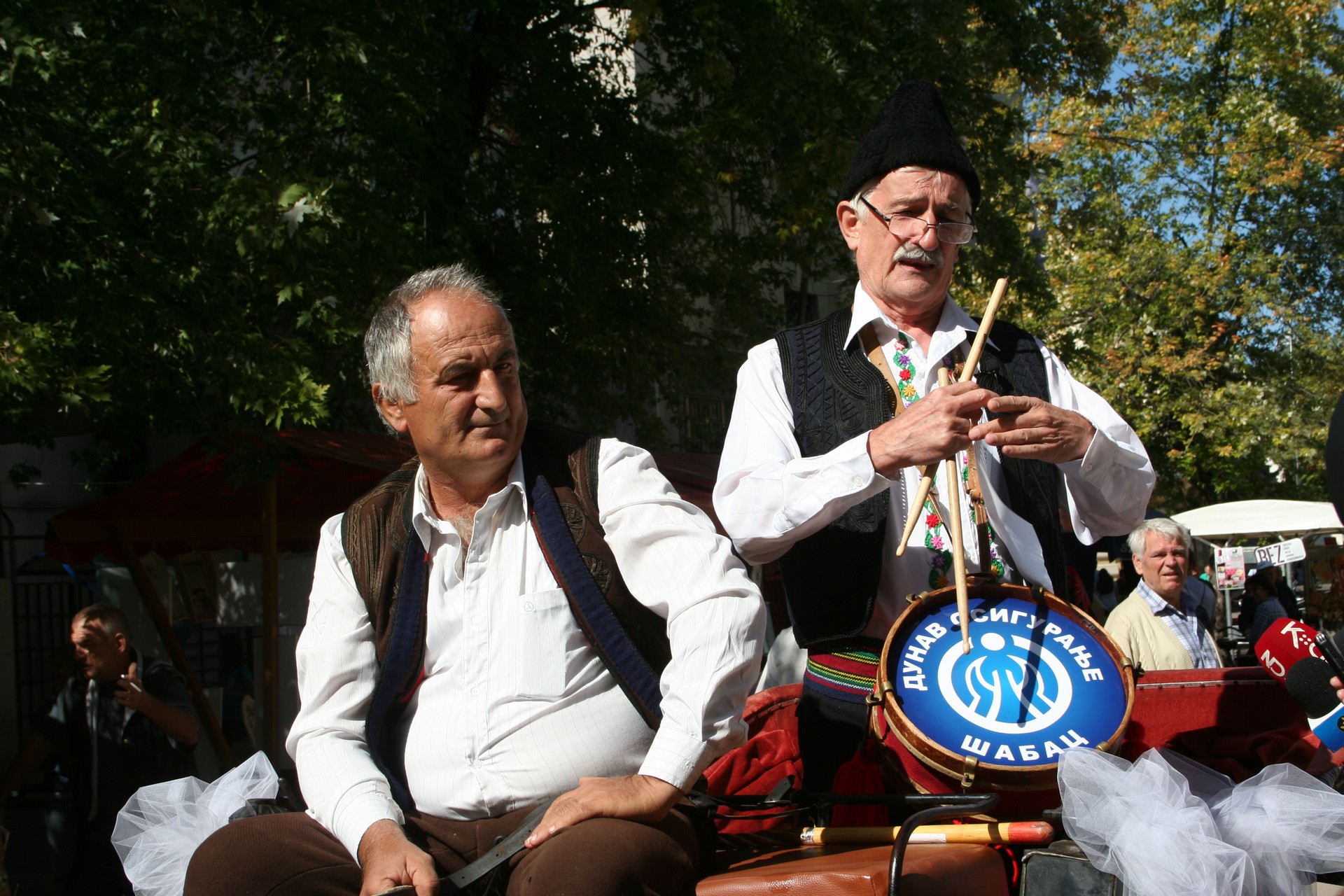 © Ванилица BY-SA 4.0
© Ванилица BY-SA 4.0
The Colorfulness of Šabac – čivijada
The people of Šabac are also known by their nickname “čivijaši”, translated roughly as “the jokers” It is not known to this day when, where or why the Šabac’s “čivija”-joke became so legendary From 1968 and before each Šabac Fair, a cultural and tourist event called the “Čivijada” is held,...